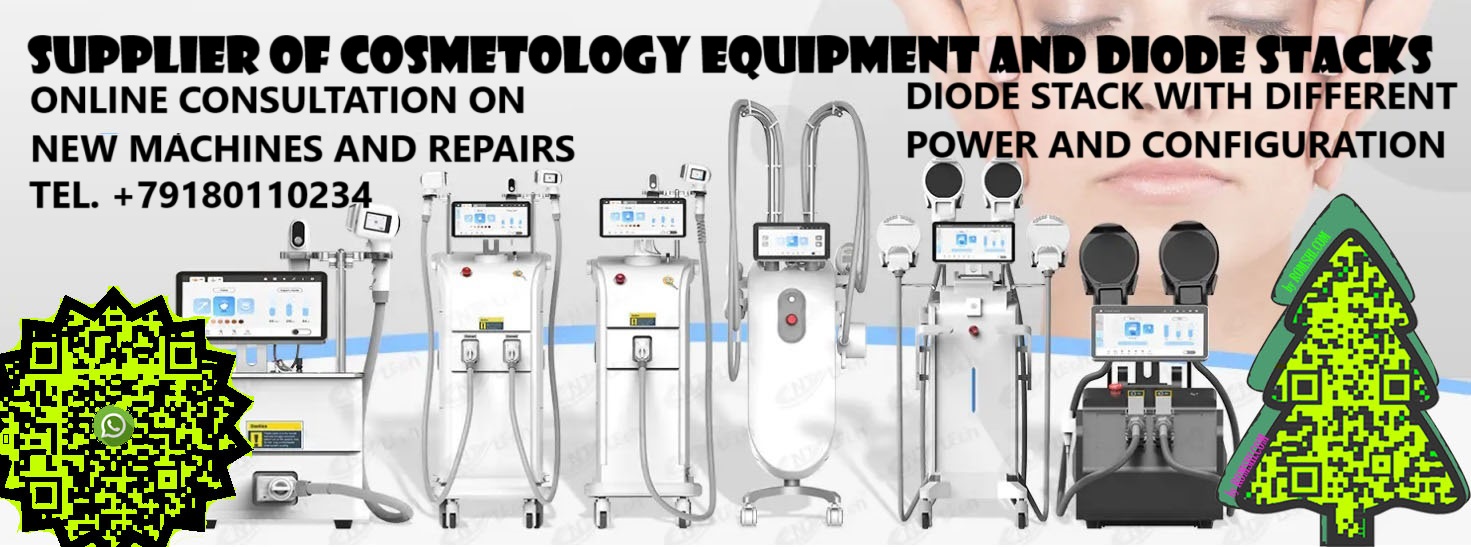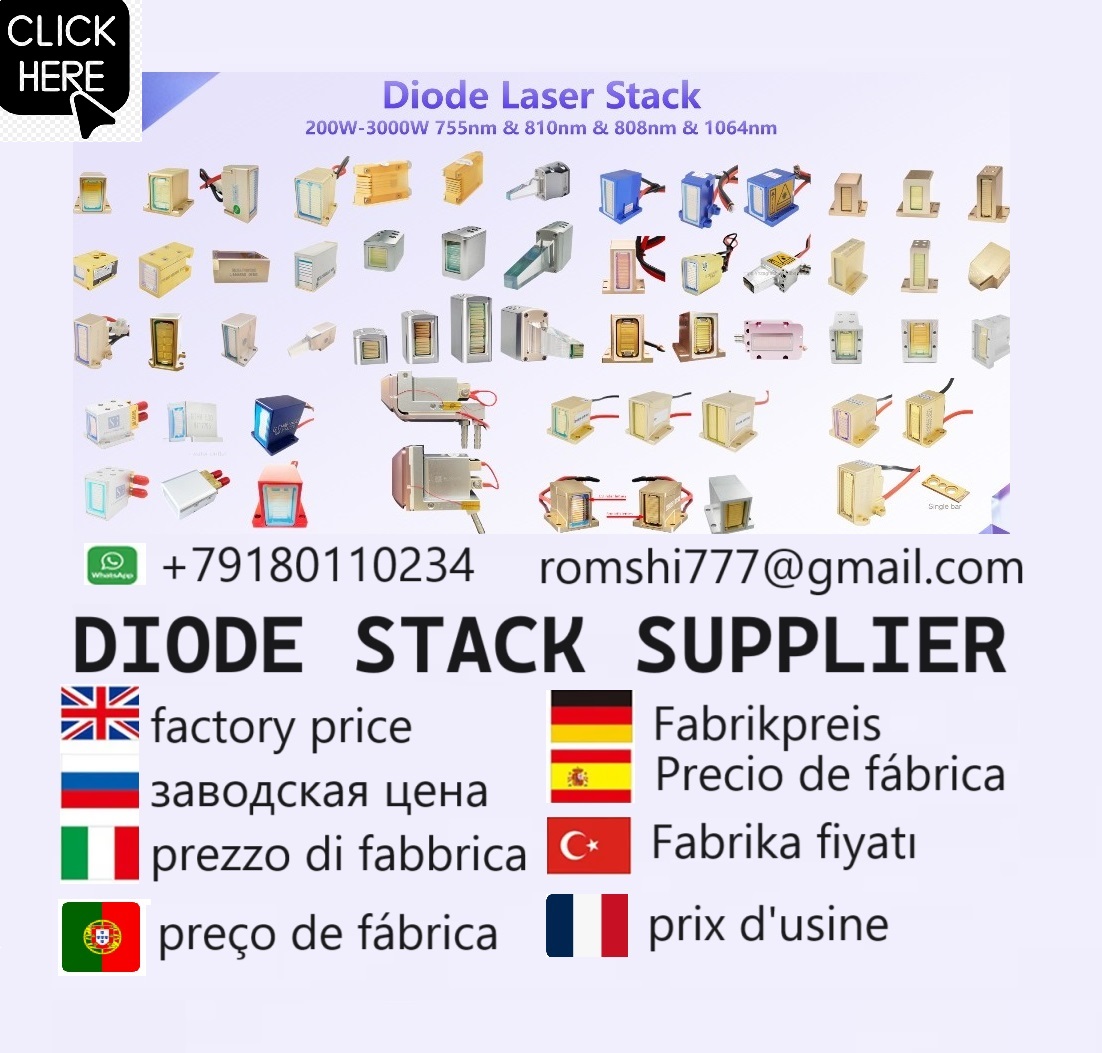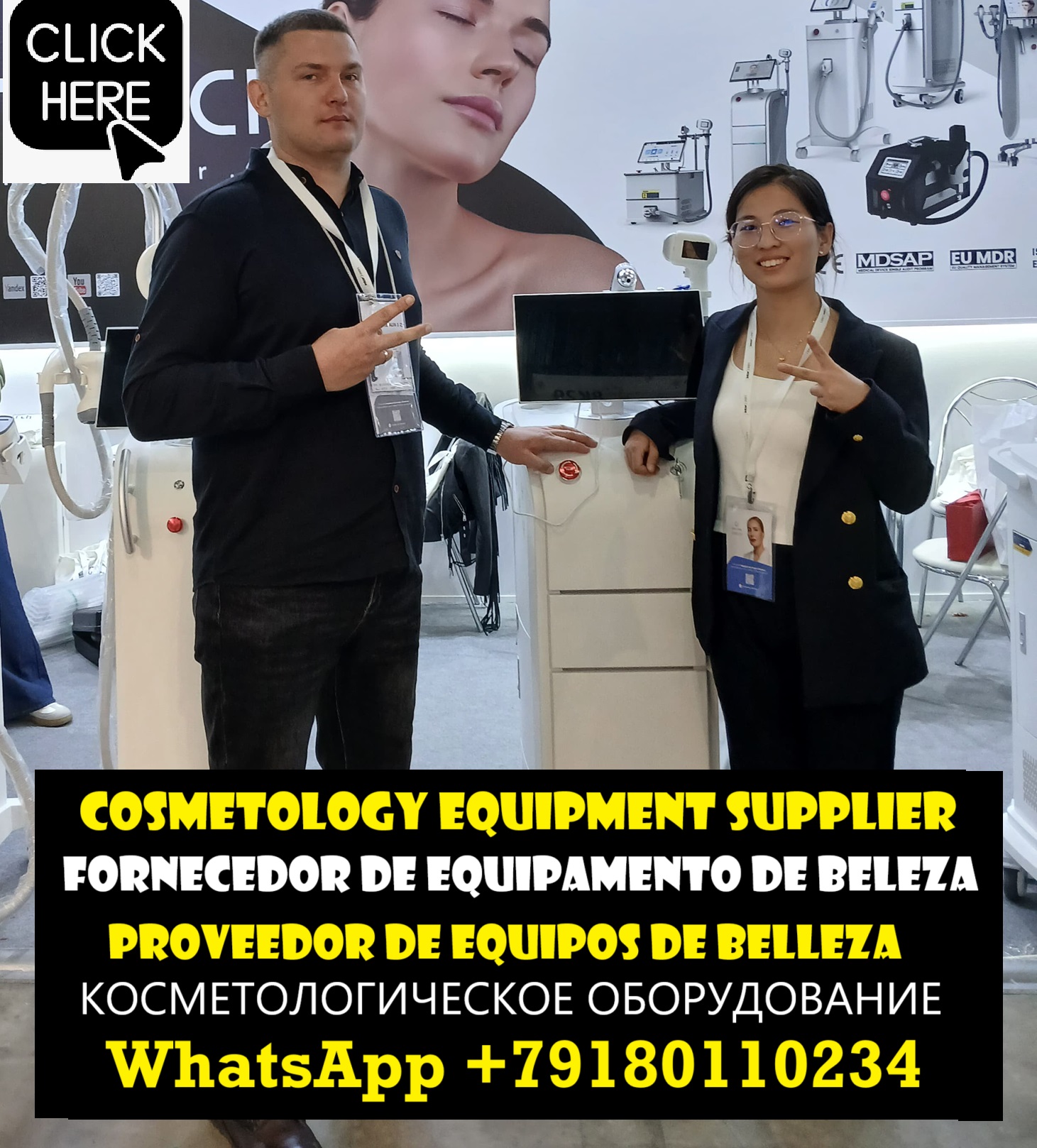Good afternoon everyone! This site article is about ‘ How to choose a cosmetic diode laser for hair removal!? ‘. You will be able to learn more about the diode laser device of different manufacturers of cosmetology hair removal lasers. Examples of marketing and deception with some examples.
For your training in knowing how to choose a diode laser for hair removal - the largest possible selection of repair photos of various diode lasers for hair removal that I have repaired during my years of experience. I currently represent a factory that manufactures state-of-the-art equipment for the cosmetology field. You can get consultation and order modern diode laser for hair removal from China. Delivery of devices all over the world. If you want to get quick advice on Whats App messenger devices, you can click on the link to go to Whatsapp dialogue.
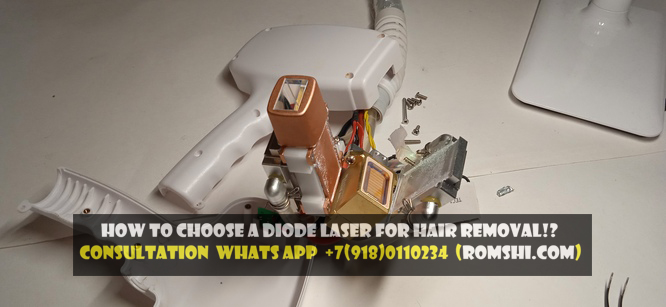
We have been developing diode lasers for hair removal and other cosmetology equipment for many years. The factory is located in Beijing. Nowadays, the latest devices use ANDROID based software. It makes the work with diode laser more convenient and aesthetic. We take into account the experience of various manufacturers and apply our latest developments in the design of lasers for hair removal. Our lasers are additionally equipped with a dermatoscope to make hair removal more effective and monitor progress.
When choosing a diode laser for hair removal, it is IMPORTANT to consider its internal design and reliability. This will save on repairs and allow you to work without interruption on your laser. This article is based on my experience with lasers from various manufacturers. I will provide various photo examples. I emphasize the following factors in choosing a quality machine in the laser hair removal master's office:
1. THE DIODE STACK OF THE DIODE LASER HANDLE.
The power and design of the diode stack in relation to the size of the handle window. In brief: the diode stack is located in the handle of the laser and when an electrical signal of a special shape is applied to it, it gives radiation with a certain wavelength. Some manufacturers use a low-power diode stack and a large window, which gives a low energy density and your laser will not remove hair well. The gold standard is 808nm for laser hair removal. But nowadays, manufacturers of lasers for hair removal have started using 2, 3 and 4 wavelengths. But this is often just marketing.
Many manufacturers write that the resource of the diode stack 10, 25, 50 million. BUT THERE'S A NUANCE - IT'S LIFE UNDER IDEAL CONDITIONS. The life of the diode stack depends on many conditions and in the cheapest units can sometimes work only 100,000 flashes. The same stack may last a different number of flashes in different units
The diode stack heats up a lot during operation and the heat is dissipated with the help of water. Therefore, a good water system should be installed in the diode laser for stable and long operation.
I WOULD LIKE TO POINT OUT THAT IN OUR HAIR REMOVAL LASERS WE USE MACRO CHANNEL DIODE STACKS. We have several lines of hair removal lasers. Vertical and portable lasers with a clever ratio of diode stack power to diode laser handle window size. This allows for an effective energy density.
2. WATER COOLING SYSTEM OF WATER INSIDE THE DIODE LASER.
When the diode stack is operating, heat must be dissipated from the diode stack if you do not want the diode stack in the diode laser handle to fail. For this purpose, water is used in hair removal lasers. The ideal temperature of water inside the device is 23 degrees Celsius. The higher the temperature - the faster the diode stack will fail. Therefore, it is necessary to keep the water temperature at a constant level. It is also necessary to use a filter for water purification. Some filters need to be changed every 3 months depending on the manufacturer's recommendation. REMEMBER: water should be changed once a month. The water must be discilized. Several gradations of water cooling system can be distinguished:
- The diode laser for hair removal has no radiator or filter for cooling. Therefore, the water will be higher than the temperature in the office. In summer, this is very noticeable. You can also add the increase in water temperature due to the heating of the diode stack. These are the most poor quality lasers for hair removal. For example, inside the office 30 degrees of heat, the temperature of the water inside the laser - 43 degrees.
- The diode laser has a heat sink. This allows for slightly less overheating of the water inside the unit. It is important that for such lasers it is mandatory to have an air conditioner and split system in the room. For example, inside the office 30 degrees of heat, the temperature of water inside the laser - 33 degrees.
- The diode laser has water cooling with a TEC system using Peltier elements. This allows the water to be cooled below the temperature inside the cabinet. For example, the temperature inside the cabinet is 30 degrees Celsius and the temperature of the water inside the laser is 23 degrees Celsius.
- The diode laser uses a Freon compressor to cool the water. This is the most stable water system cooling for diode lasers. This allows the diode laser to operate without interruption.
I WOULD LIKE TO POINT OUT THAT OUR HAIR REMOVAL LASERS HAVE MODELS THAT UTILIZE A FREON COMPRESSOR TO COOL THE WATER INSIDE THE WATER SYSTEM CIRCUIT. WE ALSO USE MODERN MATERIALS FOR WATER PURIFICATION.
3. DIODE LASER SENSOR SYSTEM FOR HAIR REMOVAL.
An important part of the diode laser is the various sensors to ensure that the systems are working properly. The following sensors are used in diode lasers:
- FLOW AND WATER VELOCITY SENSOR. In a good diode laser, the software allows the water flow rate to be monitored. There is a minimum water flow rate for each diode stack. For a macro channel diode stack, the velocity is at least 3.5 liters per minute. For the micro channel plate, the rate is at least 0.3 liters per minute.
- WATER TEMPERATURE SENSOR: The ideal temperature for a diode stack is 23 degrees Celsius. A good apparatus constantly analyzes the temperature of the water in the system. If the temperature increases ( if the unit has a TEC module or Freon compressor), water cooling is activated.
- HANDLE TIP TEMPERATURE SENSOR. The handles of diode lasers have Peltier elements that create a cold tip effect. In lasers with a tip temperature sensor, the Peltier element system is activated when the tip is heated to make the laser hair removal procedure more comfortable.
Step by step, you will be able to learn what the laser hair removal device consists of. Photos of the parts of diode lasers for hair removal will be provided. After reading this information, you will be able to understand which laser for hair removal you should buy.
The main purpose of this article is for the future user of a diode laser for hair removal to choose a laser not because of the marketing of sellers, but to better understand the laser device. I have prepared this article based on my personal experience of repairing diode lasers for hair removal. I propose to consider the device of diode lasers for hair removal from the following steps.
1. Varieties of diode stacks. The diode stack is the most expensive part of the diode laser. Diode stacks vary in design, power, and wavelength. The biggest division is: macro channel stack, micro channel stack, no channel stack.
2. What are the Peltier elements in the diode laser pen. The cooling function of the handle tip for comfortable hair removal for the client.
3. Examples of diode laser handle design from different manufacturers. Photos of my repairs with demonstration of installed stacks.
4. Water cooling water system. Water is used to remove heat from the diode stack. Methods of water cooling.
Step-by-step questions about the individual parts of diode lasers.
1. What is a diode pen matrix ( diode stack, laser bar, laser module, laser emitter). This is the most expensive part of the pen and I will give various examples.
2. Types of water cooling. When the diode stack is in operation, a lot of heating occurs. The heat is dissipated by water. The water is cooled in various ways. I will talk about radiators, filters, water pumps. Give various examples.
3. Principles of construction of lasers for hair removal.
Lasers in cosmetology are diode (their types will be discussed in this article), alexandrite (these are premium-class devices), Elos devices (in the handle xenon lamp) and lasers for tattoo removal. If you are interested in a brief list of types of lasers in cosmetology.
The main distinguishing feature of the types of diode lasers is which laser emitter and how much power is in the handle of the machine. The part that emits the radiation is called the diode array (diode stack) and varies in power and design.
The diode arrays in the pens, depending on the design, are:
- macrochannel;
- microchannel;
- channelless diode arrays.
Diode arrays also vary in wavelength. The standard one is 808 nm. But there are 2, 3 and 4 wavelengths.
How to correctly determine the handle power of a diode laser.
DIODE STACK (DIODE MATRIX, LASER BAR, LASER MODULE). TYPES OF DESIGN, POWER AND EXAMPLES OF USE IN HAIR REMOVAL LASERS.
In diode lasers for hair removal, manufacturers install different diode arrays, which often differ in design. The photos below will give you a starting point for understanding the power. I will give examples of different lasers that I have repaired.
IF YOU ARE INTERESTED IN SPARE PARTS - EMAIL ME ON WHATS APP - Whatsapp dialogue.
The first of the diode stacks is the macro channel diode stack. When repairing in the process of replacing diode stacks, you can use analogues. I will show some examples.
The diode stack is one of the most expensive parts of a diode laser for hair removal. In this part of the article, I will try to teach you how to visually understand the power rating of the diode stack. Cosmetic laser manufacturers often underestimate the operating current to make the part last longer.
There are different inscriptions on diode stacks and you need to be able to understand the parameters. Some examples of the names are: dvs-1004ai, dvs-1005ai, dvs-1006ai, dvs-1007ai, dvs-1008ai, GTHM-300, GTHM-500, GTHM-600, DVS-1010AI, DVS-L-1012BAI, DVS-L-1008BAI, HPL, 500w, HD-8280-D16, HD-K280-D16, COE-VA01-A12C-500W, HD, HD-8A48-D08B, 808-HD-500W, (DVS-500AI), DVS-MS-1003BAI, DVS-1010HAI, DVS-MS-1005BAI, DVS-ML-1012BAI, DVS-ML-1008BAI, 500W, 10bars, DVS-1012AI, 600W, 12bars, 808nm, GTHM-800, 300W, 500W, 600W, 800W, 1000W, dvs-1010ai, dvs-1012ai, dvs-1016ai, HPL500, LT-0016, HR10500, DVS-1010AI, HT10500, LST-1010AI, LSR-1010AI, LSR-3334AS, LSR-3255AS, LSR-3444AS, COE-21V, HR10200, 200w, 4*50W, HR10300, 250w, 5*50W, LST-L-1010AI, LST-L-1016AI, LST-L-1016BAI, MLJK, L-3334BAS, L-3444ASMLKJ, LST-L-1012BAI, LST-L-1012AI, LST-L-1010BAI, LST-L-3334BAS, LST-L-3255AS, LAS-1005AI, LAS-1008AI, LAS-1010AI, LAS-L-1010AI,DVS-L-3466BARS, DVS-L-3655BAS, DVS-L-1016BAI, DVS-L-1016BAI, DVS-L-3345BAS, DVS-L-1006BAI, LT-13CH001200N, COE-22V, DVS-L-2408BAS LST-3255AS, HR10300, 300w, 6*50W, HR10400, HD-8AA6-1600W, DVS-3888BAS, 7*50W, HR10500, 500w, 10*50W, HR10600, 600w, 12*50W, HR10800, 800w, 16*50W, HR10600, 600w, 6*100w, HR10800, 800w, 8*100w, COE-VA01-A12C-0600QCW, DVS-ML-1008BAI, COE-VA01-A12C-600QCW, COE-VA01-A12C-500W, COE-VA01-B12E-0600QCW, COE-VA01-B36E-0600QCW, COE-VA01-A12C-0600QC,DG-HL20-2000-808-WGDVS-1010AI, DVS-1007AI, DVS-1010AI, LST-1006AI, LST-1005AI, LST-1010AI, LST-1012AI, LST-1006BAI, LST-1016AIDVS-1012AI, DVS-1010BAI, LAS-1004AI, LAS-1006AI, LAS-1008AI, LST-3222BAS, LST-3123AS, LST-3123AS, DVS-1003BAI, DVS-1007A, DG-HH12-1200-808, dg-hh12-1200-808, DG-HL10-500-808, dg-hl10-500-808, DG-HL12-1200-808, dg-hl12-1200-808, DG-HL12-1200-808-S,dg-hl12-1200-808-s, DG-HL15-1500-808, dg-hl15-1500-808, HR11000, 1000w, 10*100w, HR11200, 1200w, 12*100w, HR11600, 1600w, 16*100w, dg-hl10-500-808-wg, DG-HL12-1200-808-WG, dg-hl12-1200-808-wg, DG-HL15-1500-808-WG, dg-hl15-1500-808-wg, dg-hl20-1000-808, DG-HL06-600-808-WG, DG-HL10-500-808-WG, LAS-L-1016AI. DVS-L-1012BAI, DVS-L-1016AI, DVS-MS-1006BAI, DVS-MS-1003BAI, DVS-MS-1005BAI, DVS-ML-1012BAI, DVS-ML-1008BAI, LST-MS-1003BAI, LST-MS-1005BAI, LST-MS-1006BAI, LST-ML-1012BAI, LST-ML-1008BA dg-hh03-300-808, DG-HH05-500-808, dg-hh05-500-808, DG-HH06-600-808, dg-hh06-600-808, DG-HH08-800-808,dg-hh08-800-808,DG-HH10-1000-808, dg-hh10-1000-808.
You will see some examples in the photo below.
THE FIRST MOST COMMON TYPE OF STACK IS THE MACRO CHANNEL DIODE STACK. It is a plate on which plates are soldered. 1 plate is called 1 bar.
1 bar can have a power rating of 50 or 100 watts. This means that the power supply can be 50 or 100 Amps. The supply voltage is 1.8 volts for 1 bar. Below I will give examples of different stacks to teach you how to understand the power rating of a diode stack.

The photo is of a burnt out 10 bar diode stack. This diode stack has 10 bar ( 10 bars where you can see the recess and where the light comes from when the diode stack is working). 1 bar in this case is equal to 100 watts. 10 bar * 100 watts = 1000 watts . This is the rated power of the diode stack in this case.
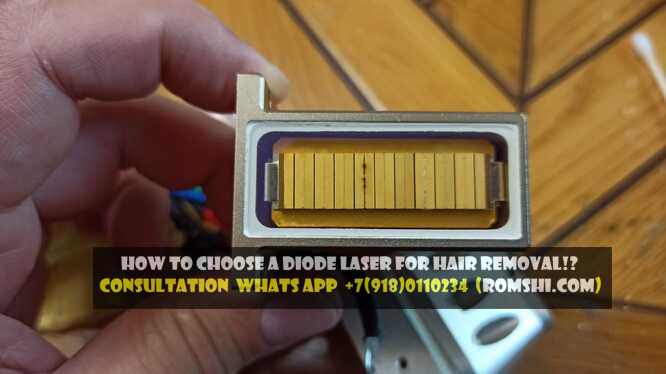
The photo is an example of a burnt stack - a 6 bar 600 watt 808nm macro channel diode stack. This laser module is installed in the handles of adss lasers.
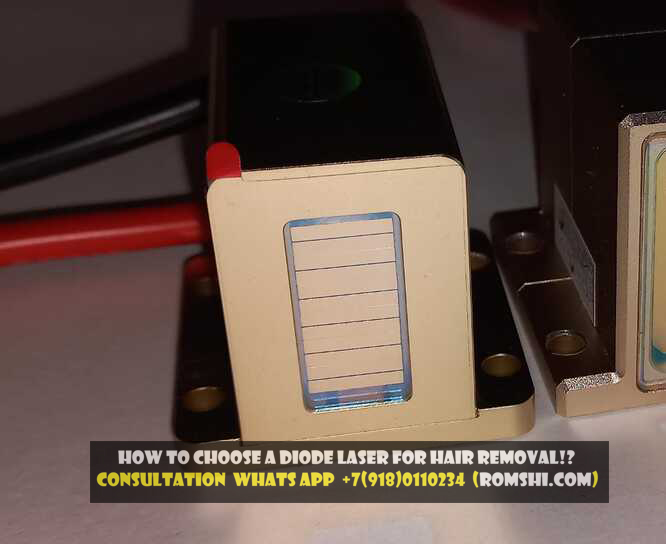
On the left is 1 bar 100 watts. On the right, 1 bar 50 watts. Note the thickness of the bars.
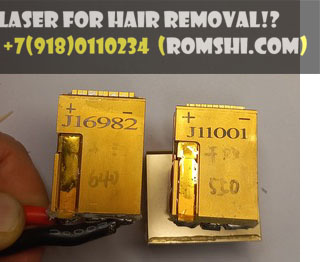
The diode stack pictured is an 16 bar 50 watt diode stack. The total power is 800 watts. The most common variant is dvs-1016bai and lst-1016bai. The label ‘BAI’ indicates that 1 bar=100 watts. If ‘AI’ is written, it means that 1 bar+50 watts.
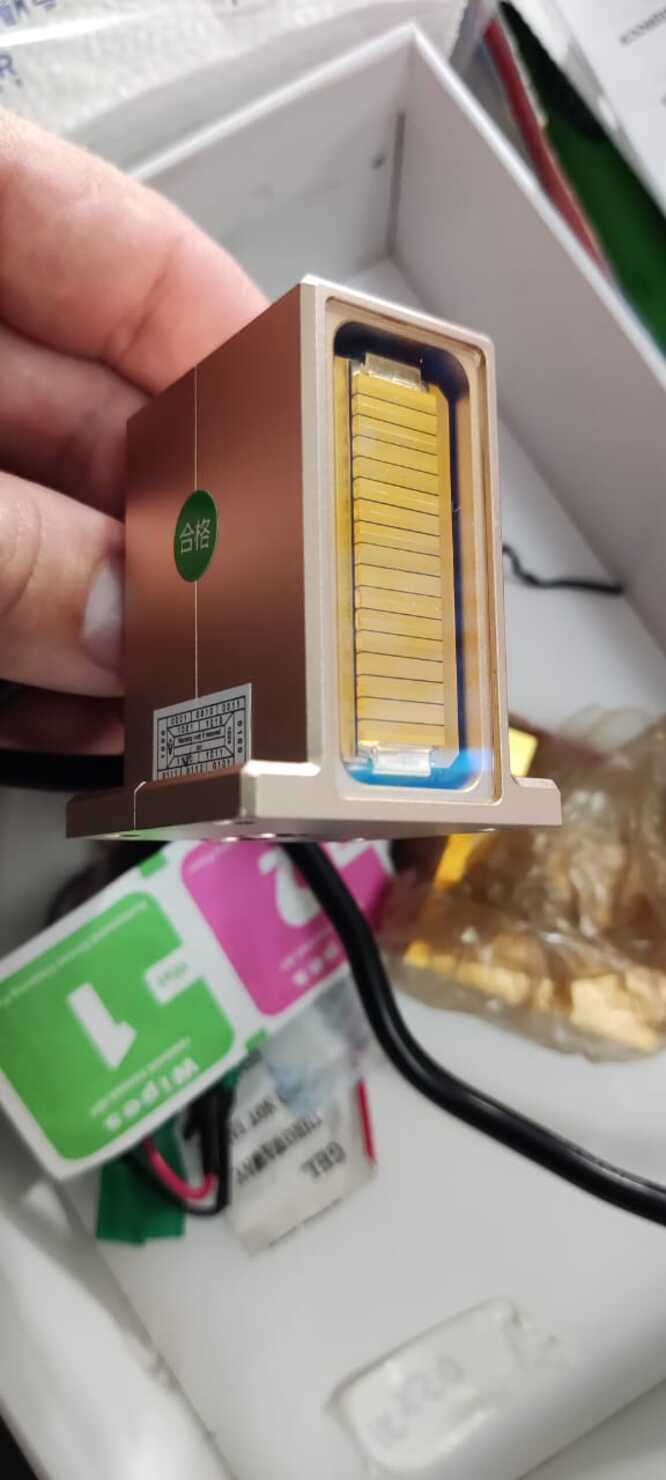
The diode stack pictured is an 8 bar 100 watt diode stack. The total power of the diode stack is 800 watts 808nm. The most common variant is dvs-l-1008bai and lst-l-1008bai. The label ‘BAI’ indicates that 1 bar=100 watts. If ‘AI’ is written, it means that 1 bar+50 watts. In this case the diode stack is HR10800.
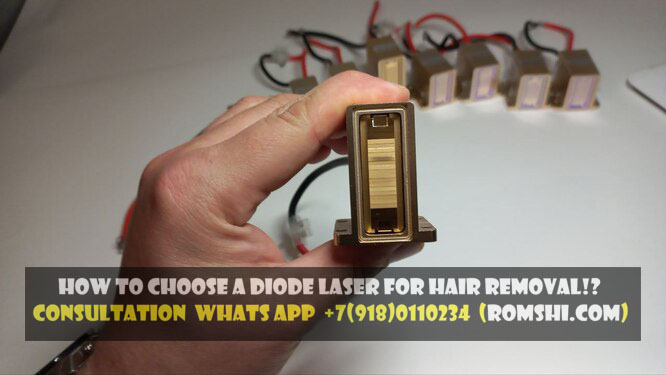
In the picture the diode stack is 10 bar 50 watts. The total power of the diode stack 500 watts 808nm. The most common variant is dvs500, dvs-1010ai, lst-1010ai, hr10500, ht10500. If it says ‘BAI’ it means that 1 bar=100 watts. If it says ‘AI’ it means that 1 bar+50 watts. In this case diode stack ht10500.
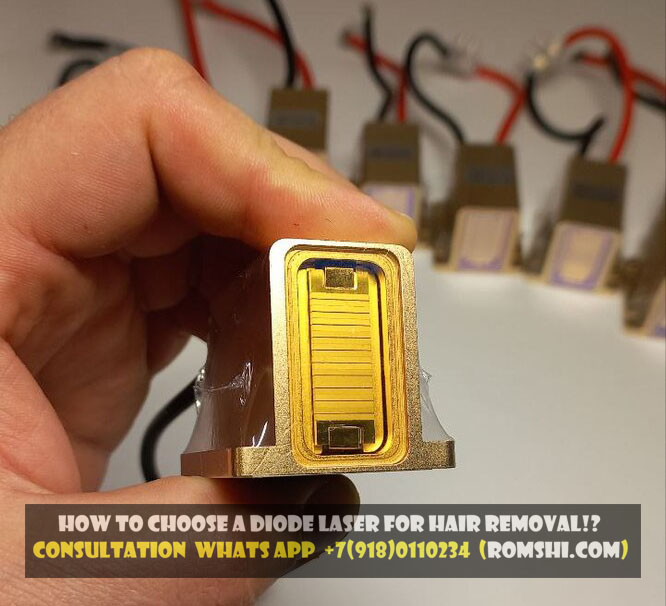
In the picture on the left are 50 watt bars, on the right are 100 watt bars. Note the height of the bars. Visual difference in the wattage of the bars.
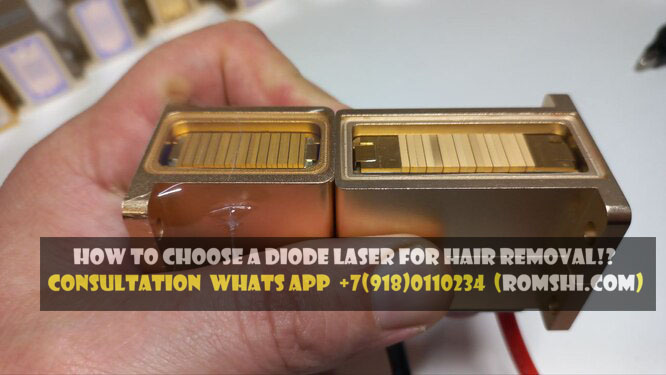
In the picture the diode stack is 10 bar 50 watts. The total power of the diode stack 500 watts 808nm. The most common variants are dvs500, dvs-1010ai, lst-1010ai, hr10500, ht10500. If it says ‘BAI’ it means that 1 bar=100 watts. If it says ‘AI’ it means that 1 bar+50 watts. In this case the diode stack is ht10500.
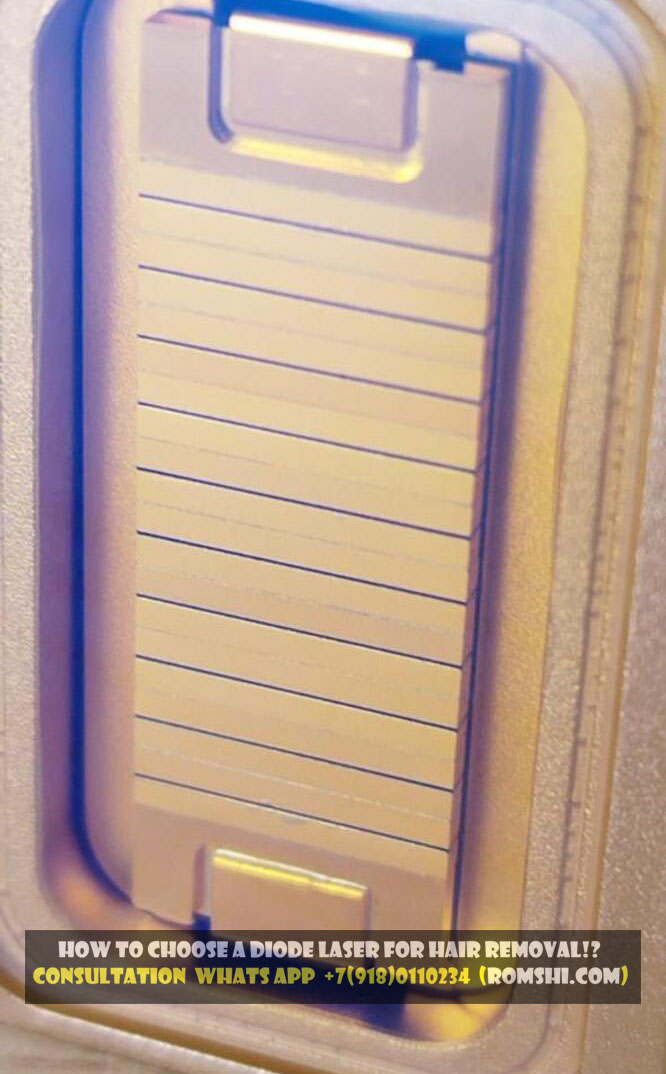
The diode stack in the photo is 16 bars of 100 watts each. The total power of the diode stack is 1600 wat.ts 808nm. The most common variant is dvs-l-1016bai and lst-l-1016bai. The label ‘BAI’ indicates that 1 bar=100 watts. If ‘AI’ is written, it means that 1 bar+50 watts. In this case, the diode stack is LST-L-1016BAI ts 808nm. The most common variant is dvs-l-1016bai and lst-l-1016bai. The label ‘BAI’ indicates that 1 bar=100 watts. If ‘AI’ is written, it means that 1 bar+50 watts. In this case, the diode stack is LST-L-1016BAI
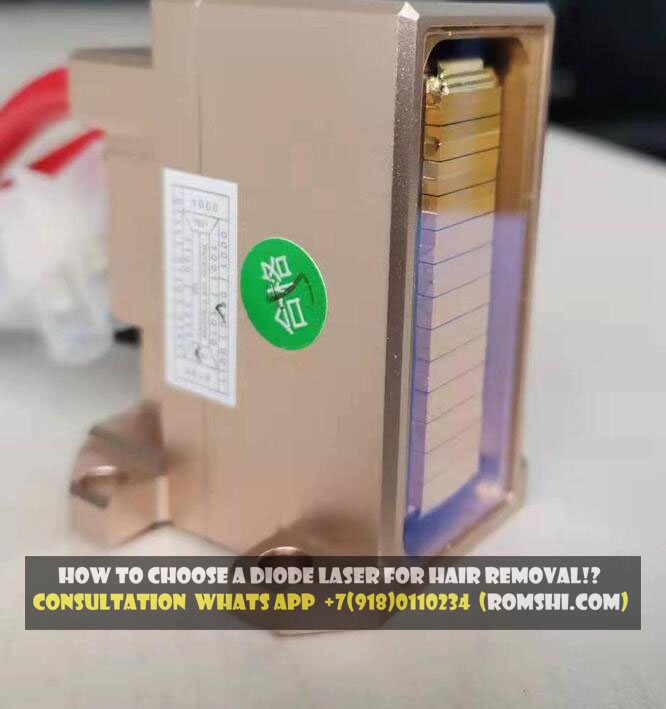
In the photo is a 500 watt 10 bar diode stack. In this case 1 bar has a power of 50 watts. The total number of 10 bars. The emission length is 808nm. You can see that 1 bar has moved out of place due to overheating. The tin has started to melt.
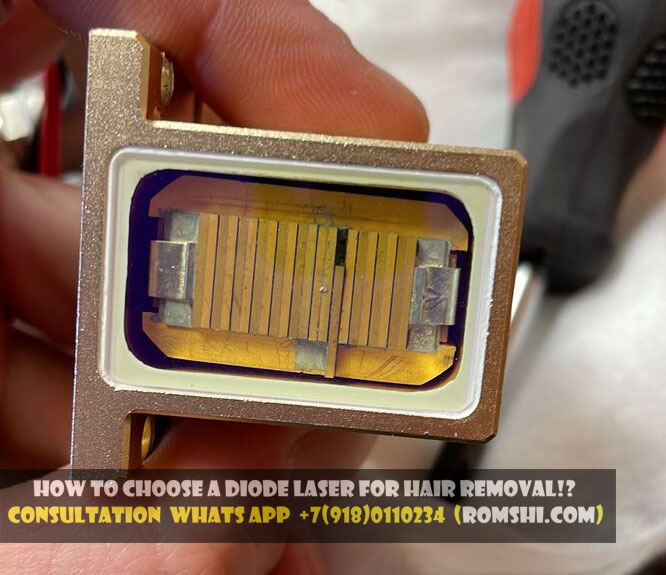
In the photo disassembled diode stacks from the same manufacturer. The top stack has 50 watt bars, the bottom photo has 100 watt bars.
You can see the visual difference.
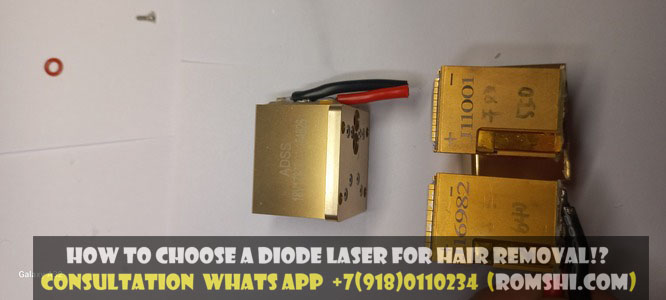
In the photo is a 500 watt 10 bar diode stack. In this case 1 bar has a power of 50 watts. The total number of 10 bars. The emission length is 808nm. Collimator lenses are installed for additional focusing.
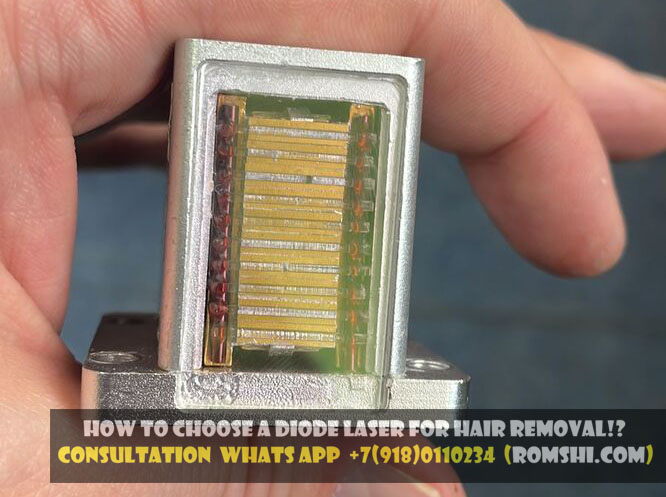
The photo shows a diode stack without a channel. These are the most unreliable diode stacks.
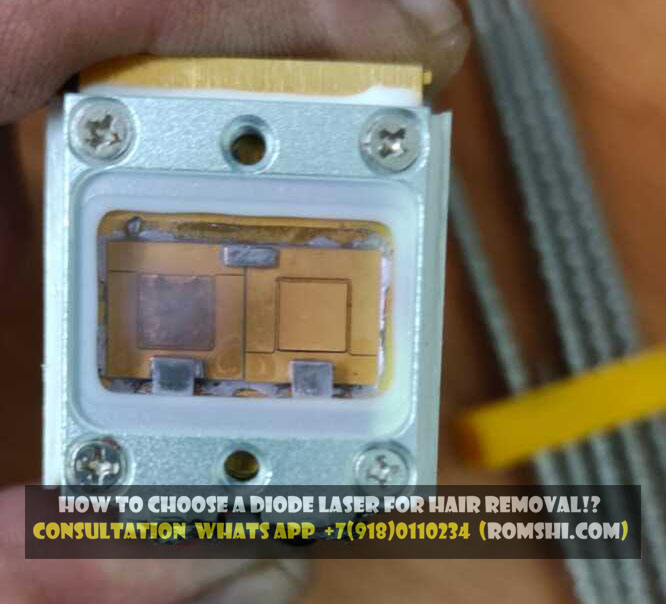
In the photo diode stack 1200 watts 12 bar. In this case 1 bar has a power of 100 watts. The total number of 12 bars. The emission length is 808nm.
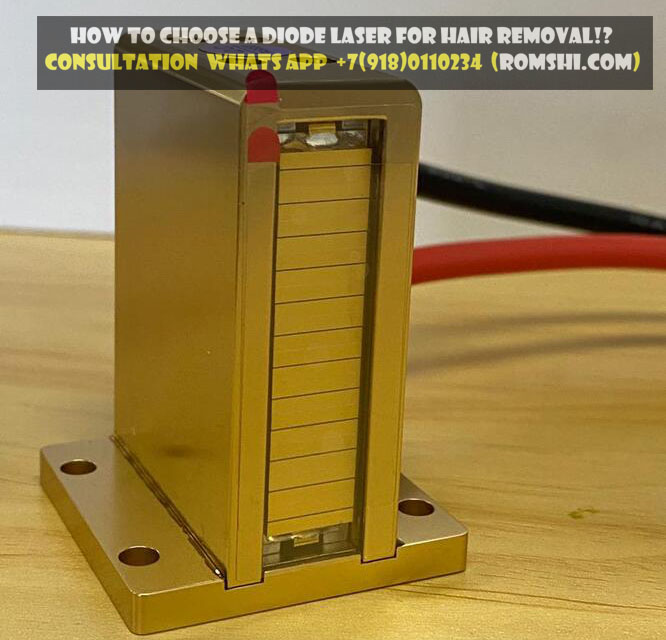
The photo is an example of a defective diode stack. You can see that 1 bar has moved out of place due to overheating. The tin began to melt and the bar fell off. This is typical of diode lasers that have poor quality water cooling.
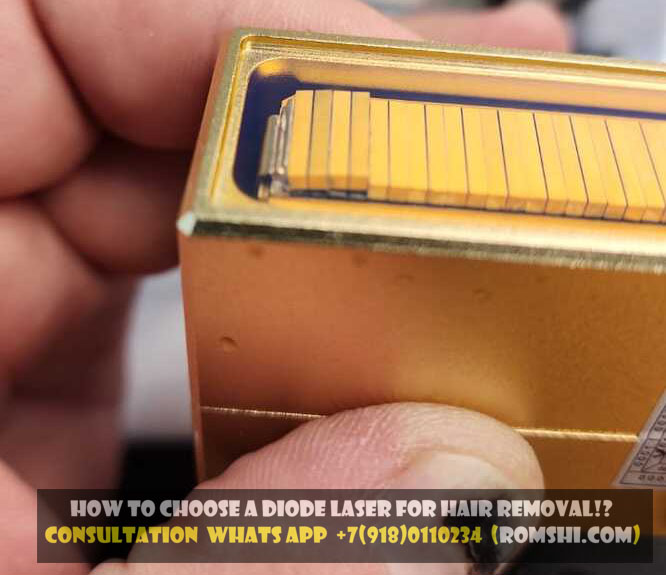
In the photo is a 1000 watt 10 bar diode stack. In this case 1 bar has a power of 100 watts. The total number of 10 bars. The emission length is 808nm. The letters BAI indicate that this stack has a power of 100 watts.
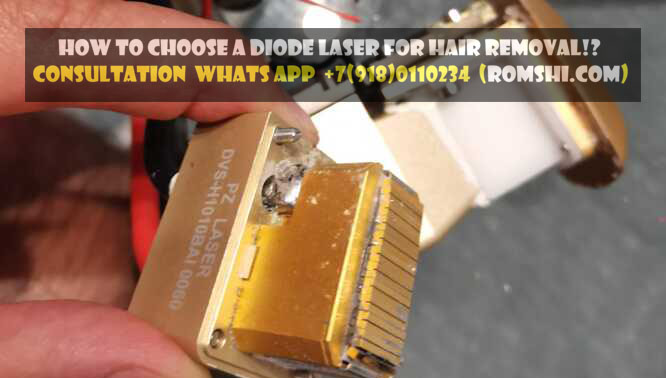
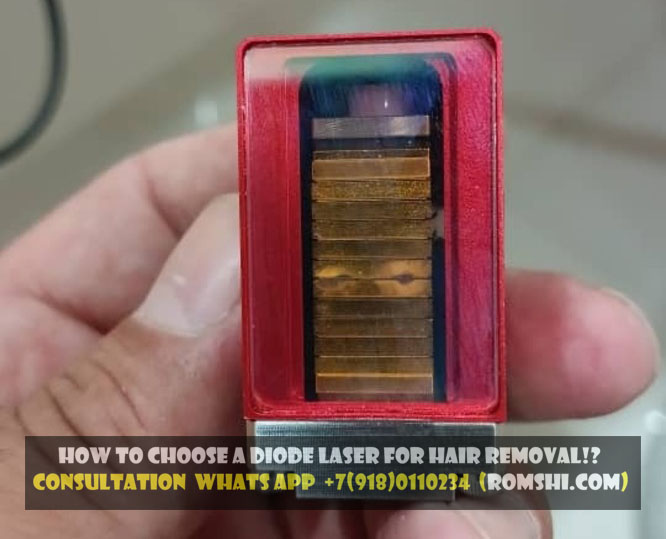
The photo shows a diode stack without a channel. These are the most unreliable diode stacks in diode laser pen operation.
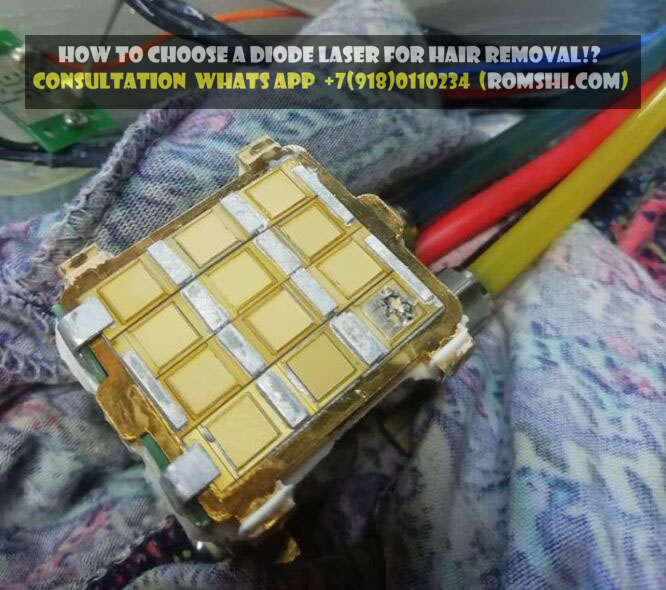
he photo shows 2 diode stacks 1200 watts 12 bar. In this case 1 bar has a power of 100 watts. The total number of 12 bars. The emission length is 808nm
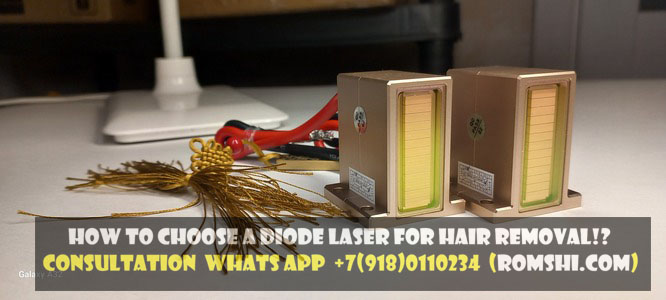
The photo shows a diode stack without a channel. These are the most unreliable diode stacks in diode laser pen operation.
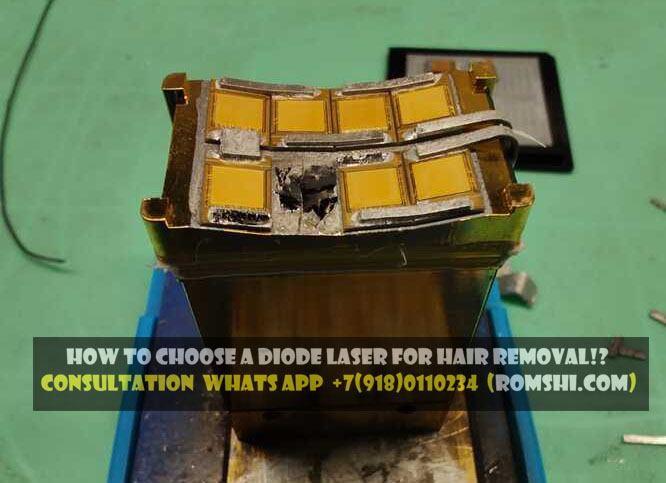
The photo shows a diode stack without a channel. These are the most unreliable diode stacks in diode laser pen operation.
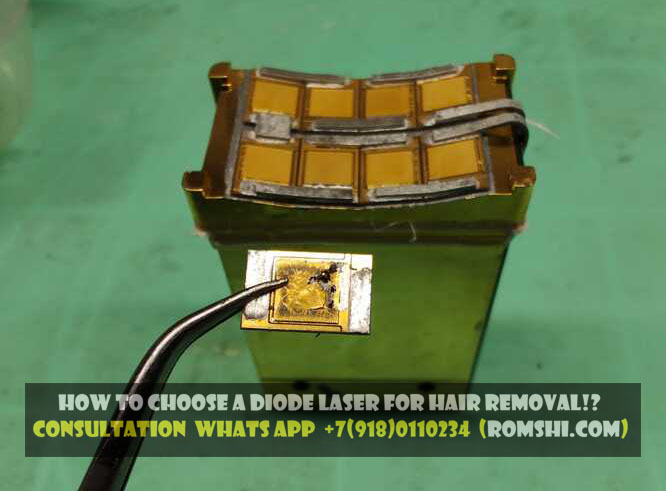
500 watt 10 bar diode stack with 808nm wavelength.
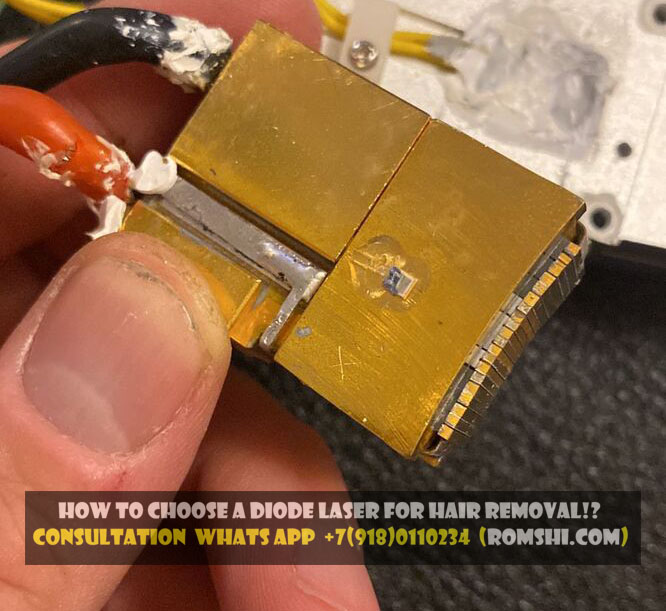
In the photo is a diode stack 800 watts 8 bar. In this case 1 bar has a power of 100 watts. The total number is 8 bars. The emission length is 808nm. The height of this stack is 37mm which is rare for 800 watts. Typically 800 watt for macro channel stacks are 49mm, 47mm, and 52mm high.
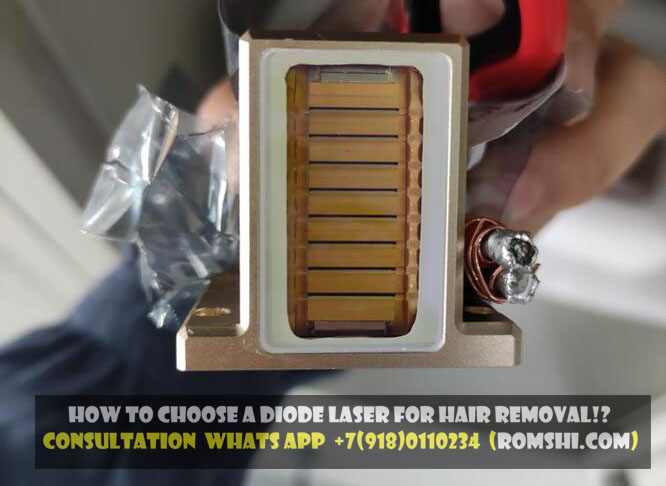
In the photo is the diode stack and a view of the 100 watt laser bars.
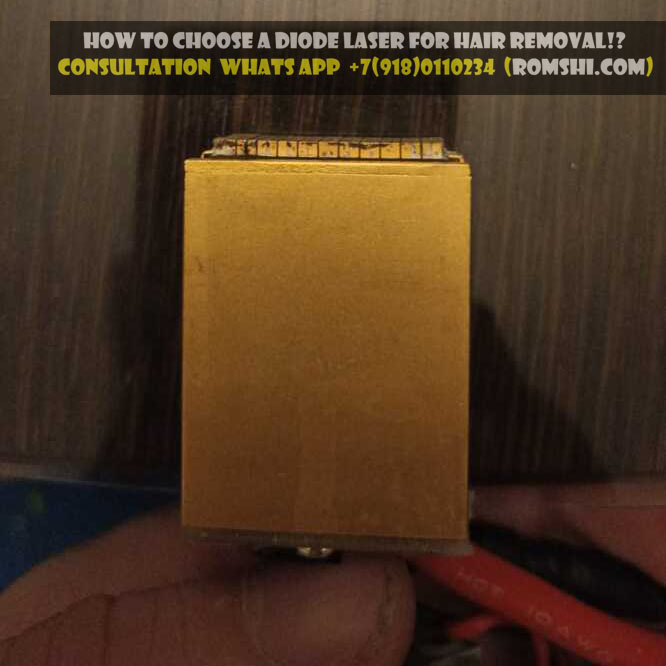
In the photo is a 1600 watt FOCUSLITE diode stack.
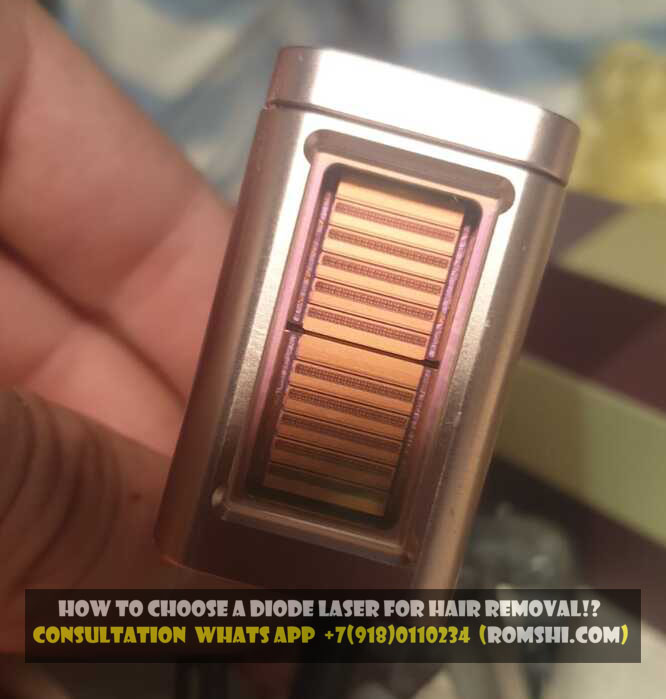
In the photo is a 1600 watt FOCUSLITE diode stack.
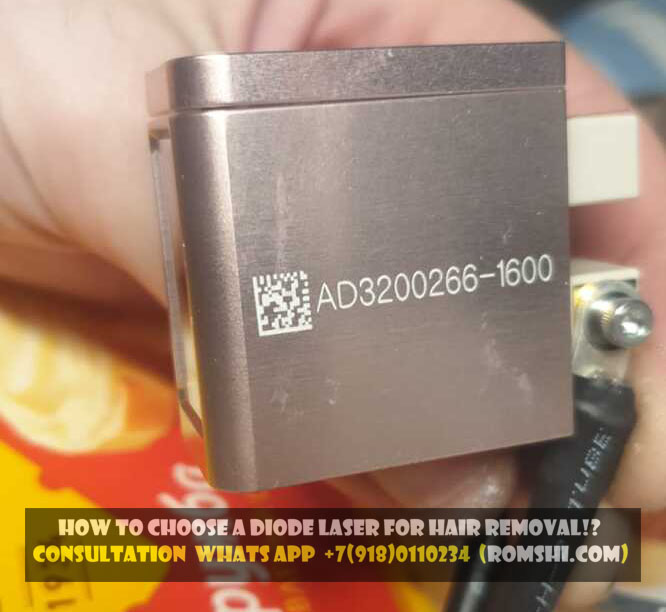
The photo shows a diode stack without a channel.
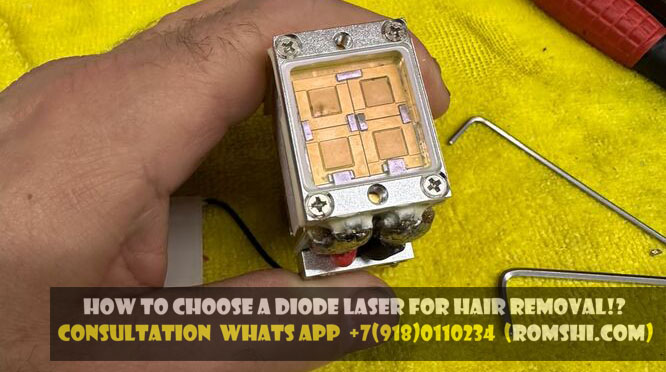
In the photo are 3 diode stacks 800 watts 16 bar from different manufacturers. In this case 1 bar has a power of 50 watts. The total number of 16 bars. The emission length is 808nm. The height for 800 watts can be 47, 49 and 52 mm.

The photo shows a diode stack without a channel. These are the most unreliable diode stacks in diode laser pen operation.
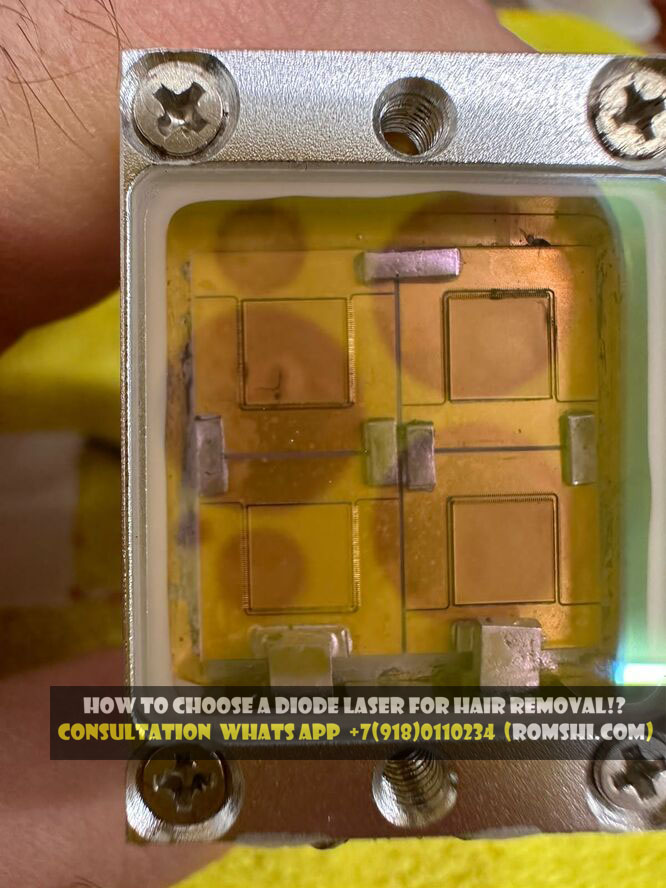
500 watt 10 bar diode stack with 808nm wavelength.
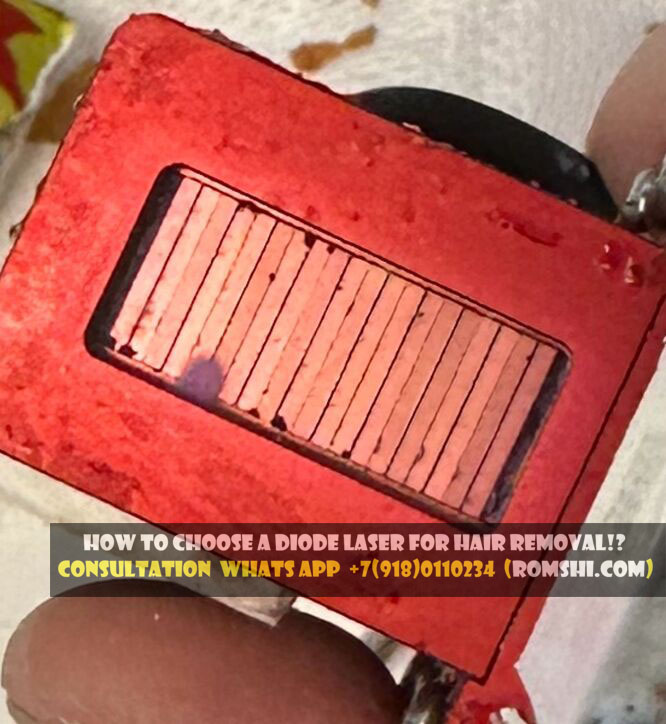
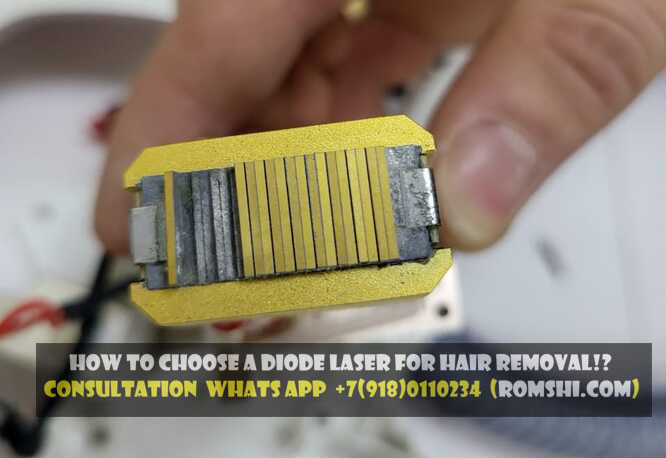
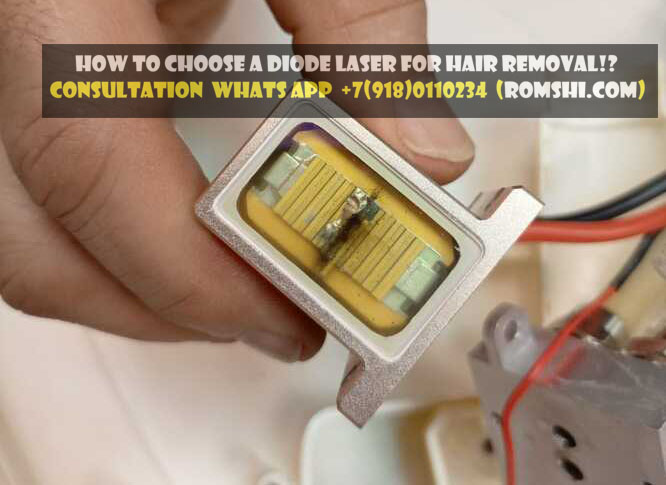
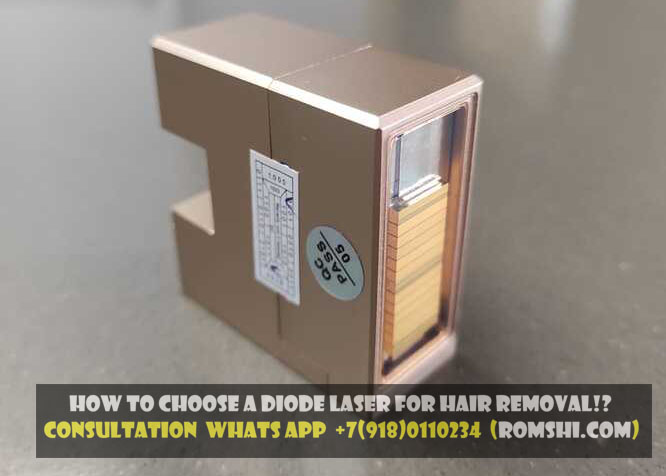
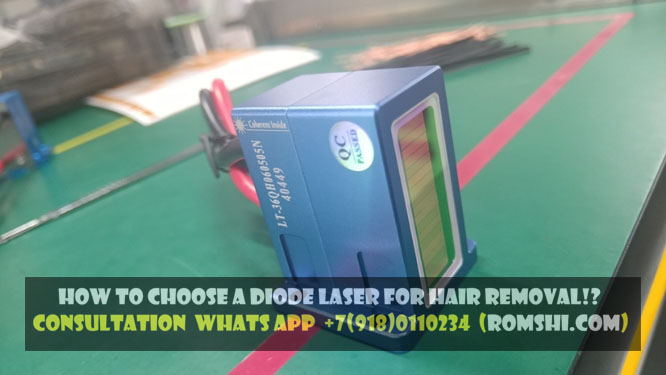

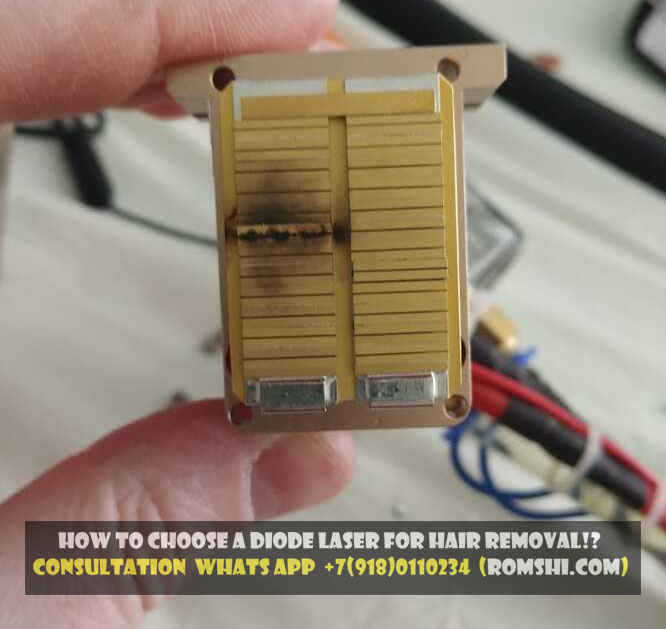
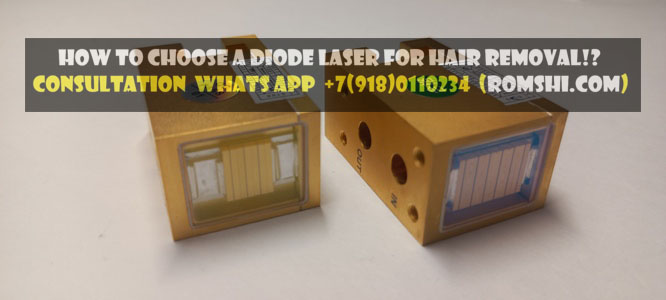
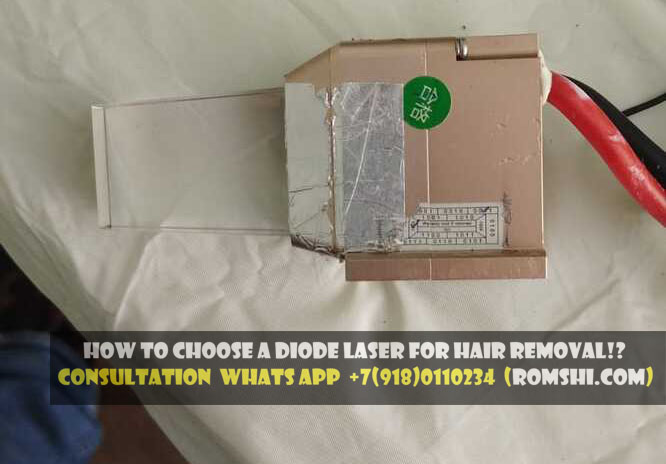
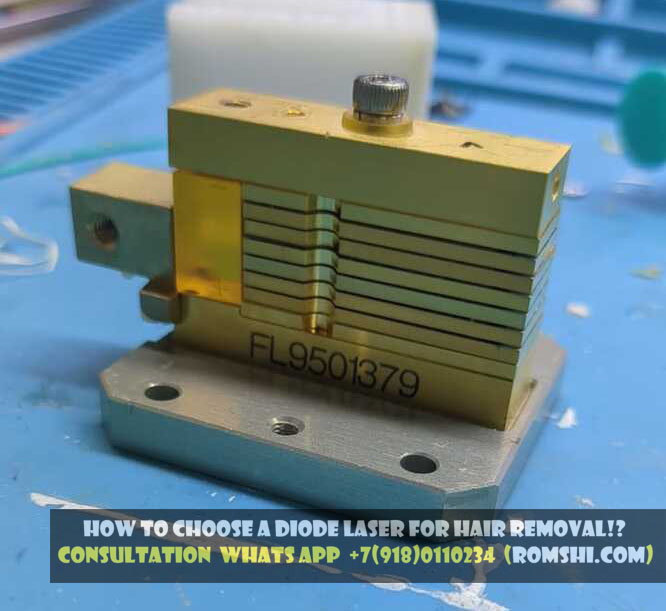
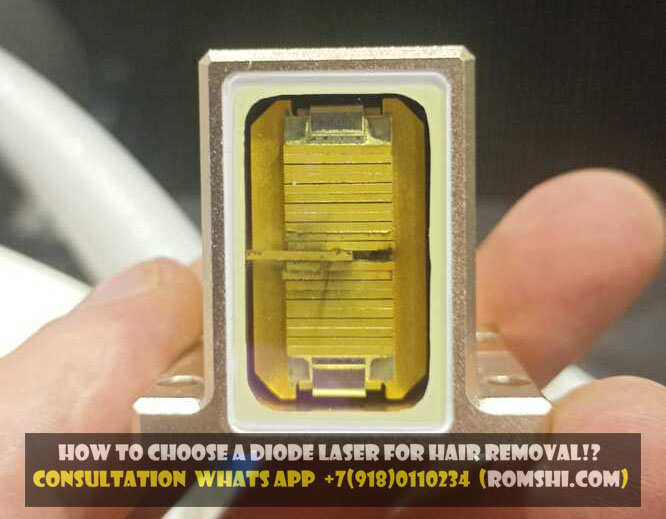
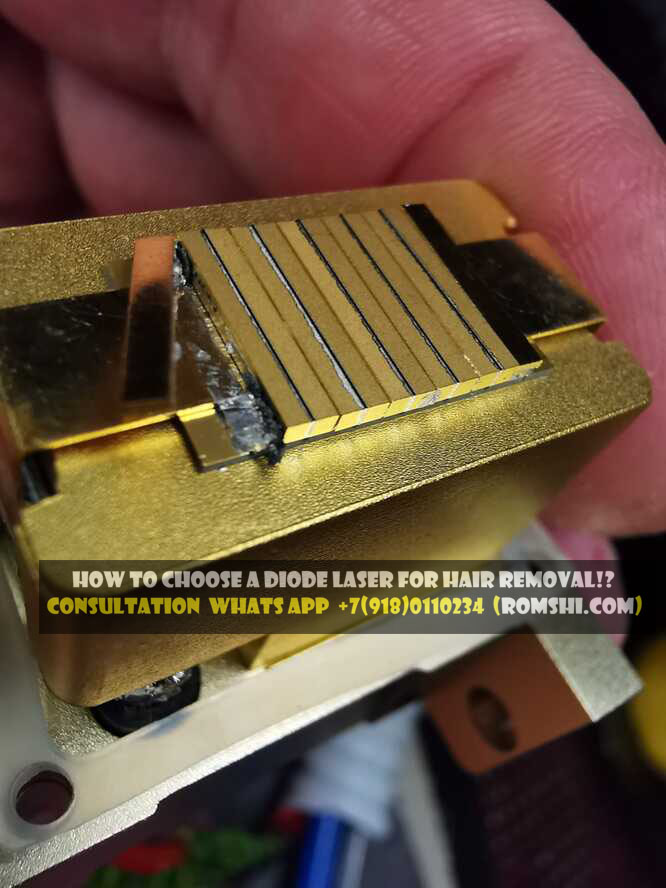

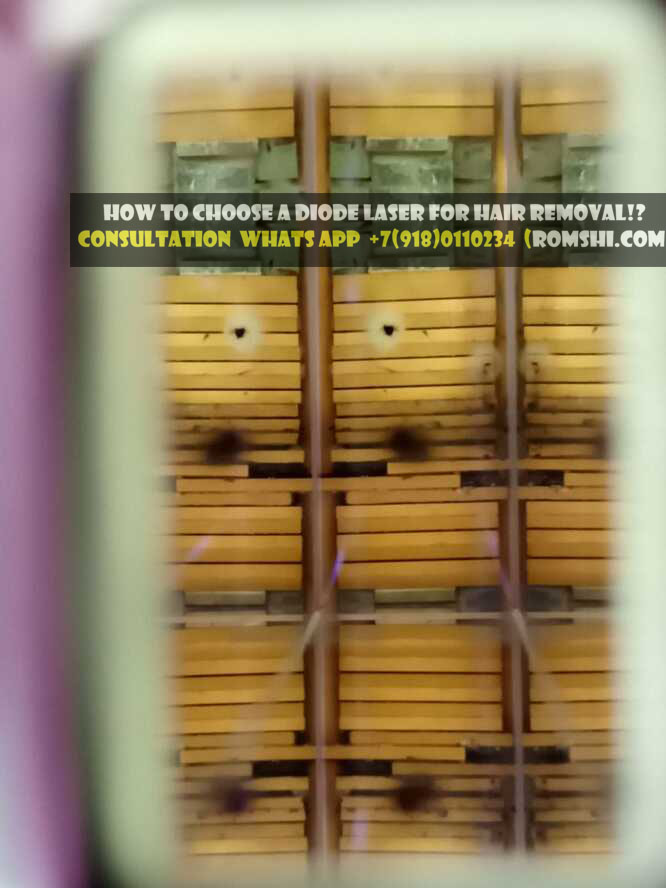
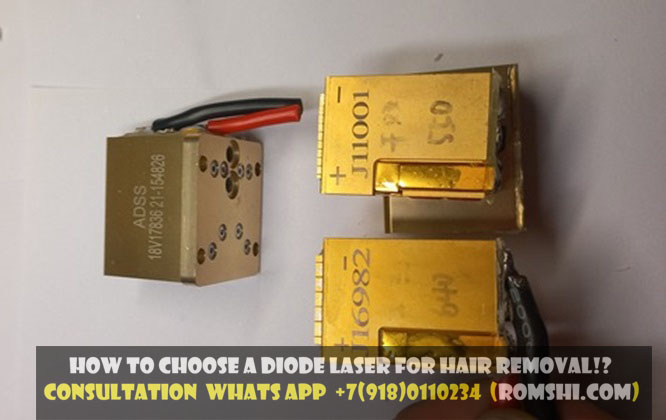
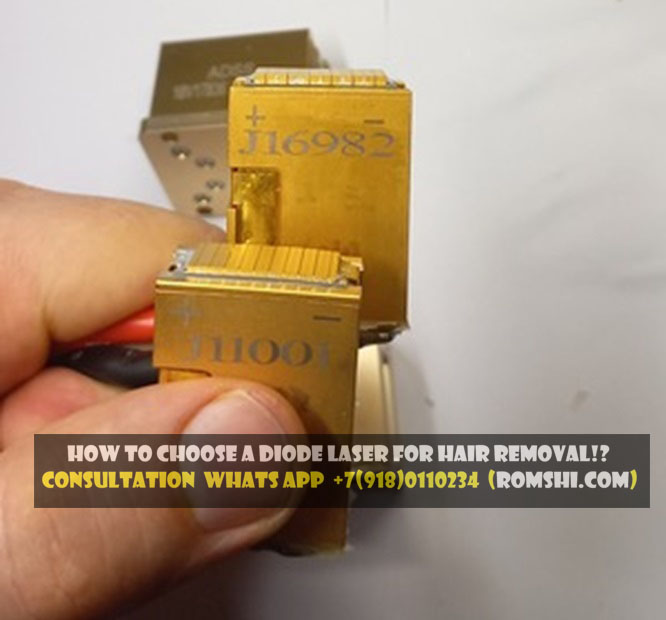
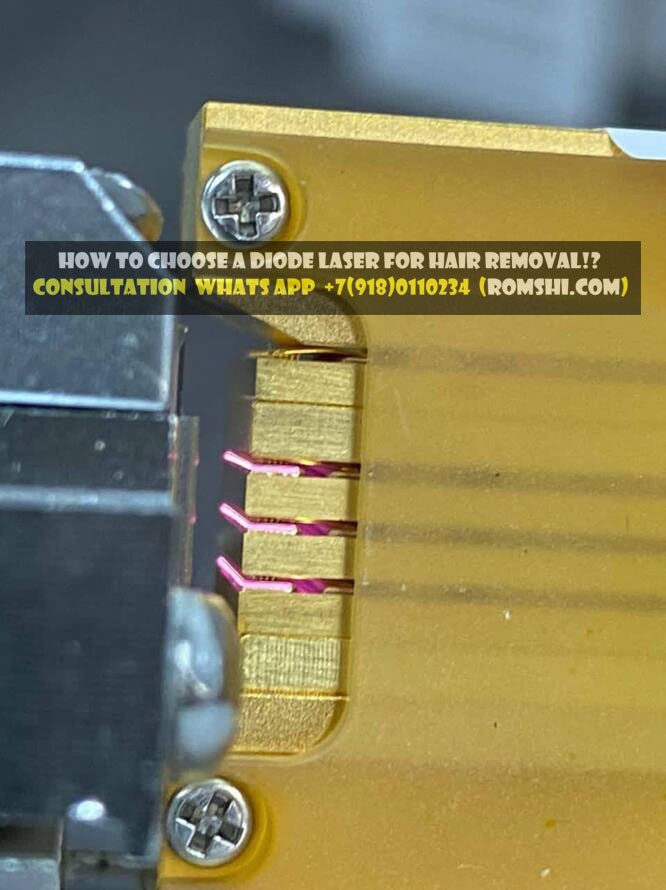

The diode stack pictured is an 8 bar 100 watt diode stack. The total power is 800 watts. The most common variant is dvs-l-1008bai and lst-l-1008bai. The label ‘BAI’ indicates that 1 bar=100 watts. If ‘AI’ is written, it means that 1 bar+50 watts.
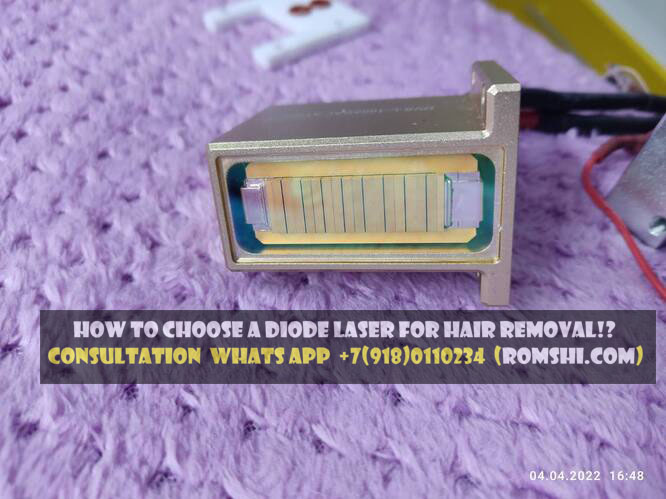
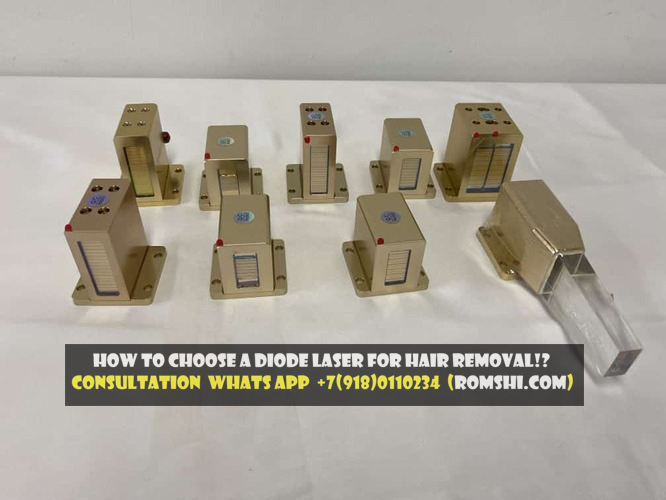
There are two 600 watt diode stacks in the photo. They have the same wattage but completely different construction. On the left is 6 bar 100 watts. On the right is 12 bar of 50 watts. These diode stacks require different power supplies to operate. The 6 bar 100 watt is a 12 volt power supply. For 12 bars of 50 watts - a 24 volt power supply. THIS MEANS THAT YOU CANNOT USE 1 DIODE STACK IN PLACE OF ANOTHER WHEN REPAIRING.
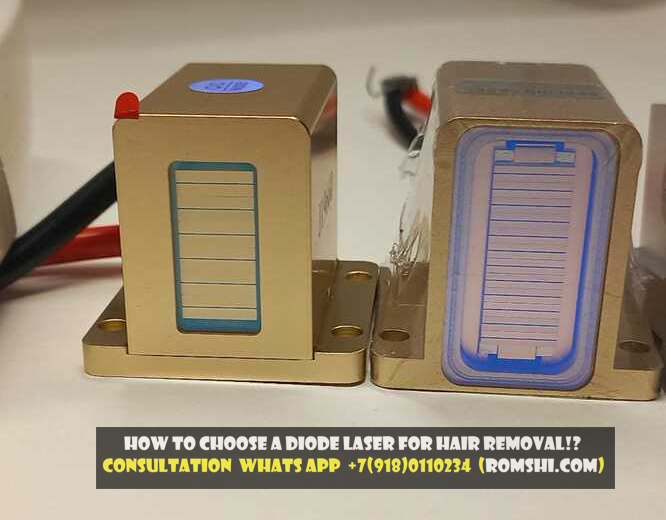
The diode stack in the photo is a 500 watt 10 bar 808nm diode stack. Quite a popular power for lasers. Quite often in repair practice these stacks are replaced.
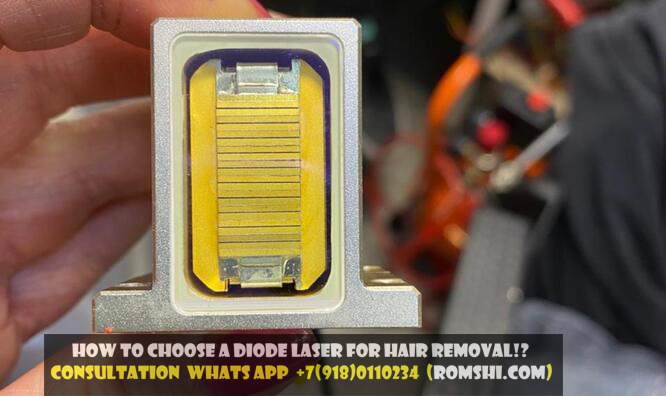
In the photo is the diode stack of the 1200 watt 12bar 808nm Honkon laser. Not the most reliable diode stack design. Initially, instead of 800 watts they started to produce 1200 watts, but the distance between the bars remained the same.
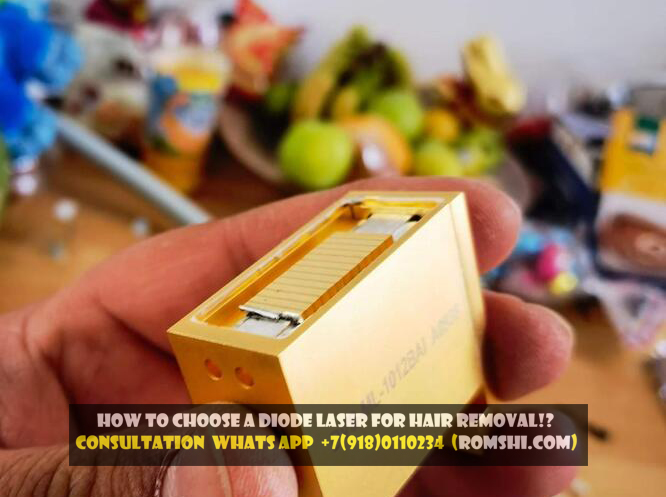
In the photo is a 500 watt 10 bar 808nm diode stack with collimator lenses. Quite a rare diode stack.
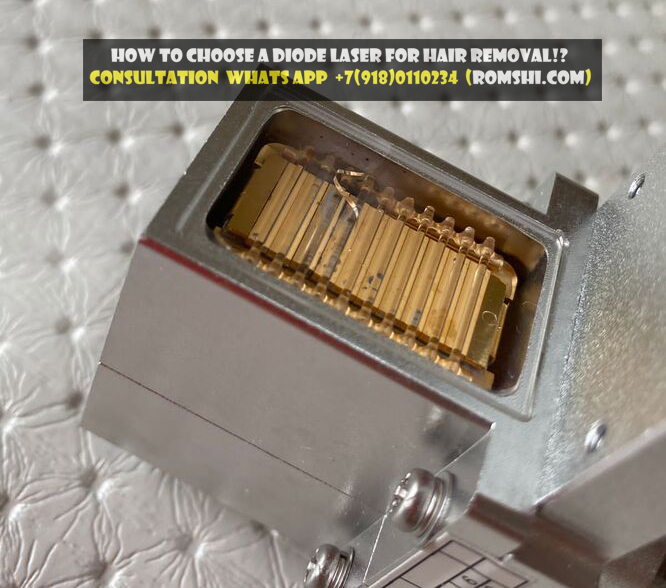
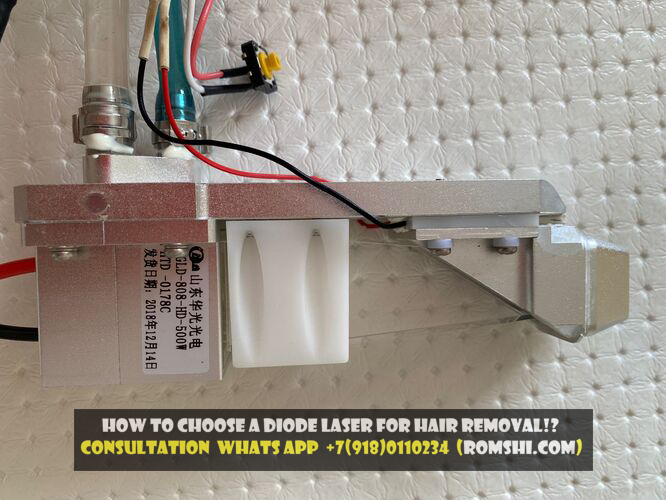
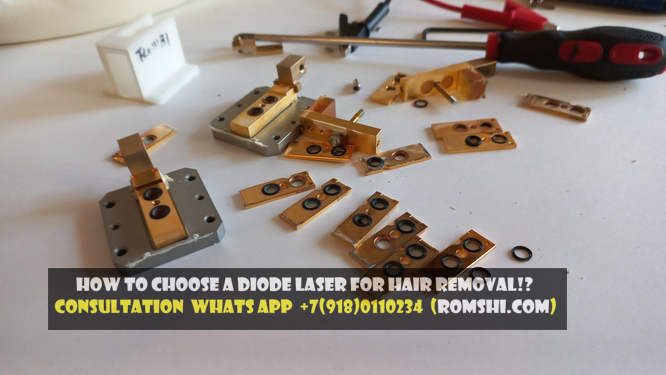
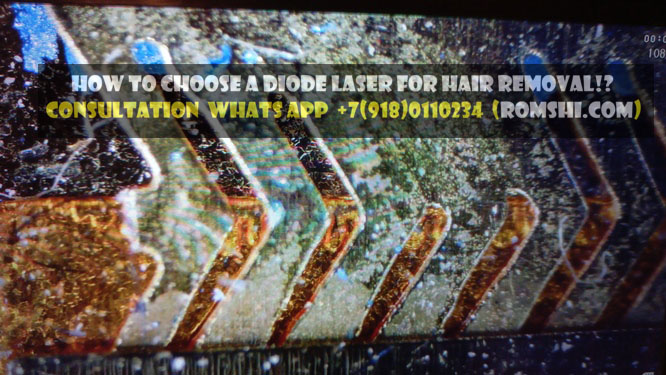
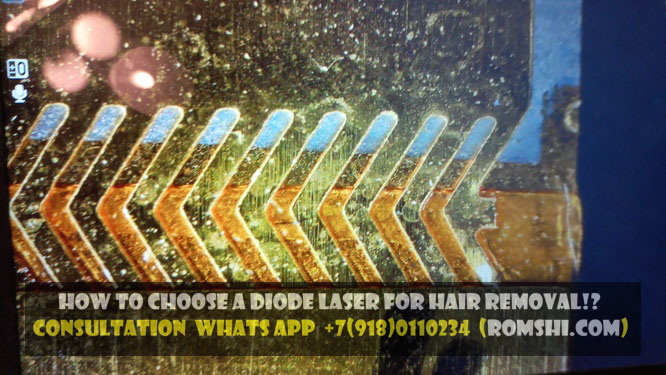
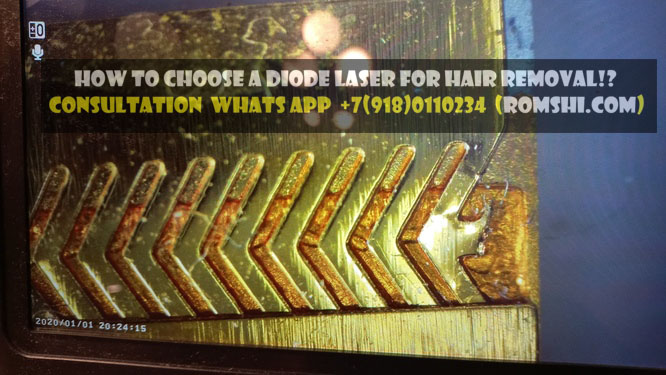
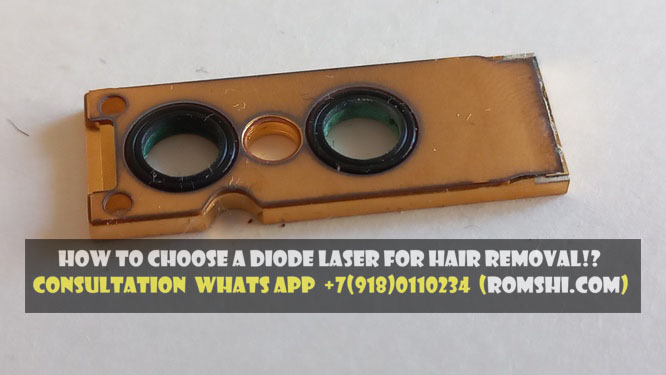
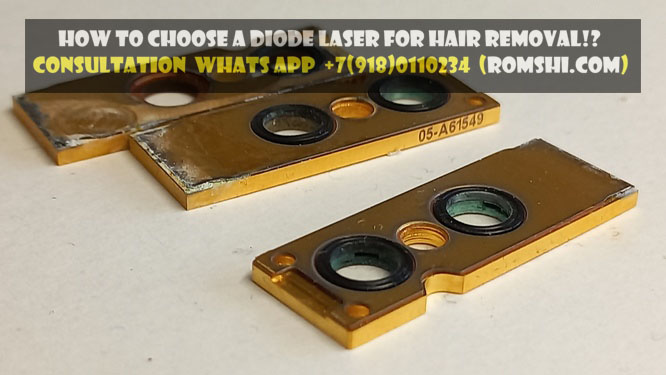
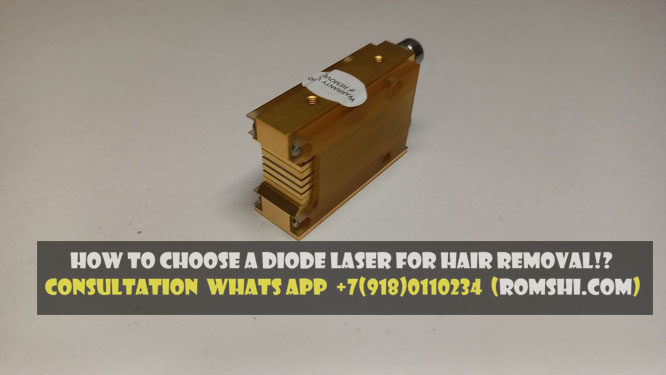

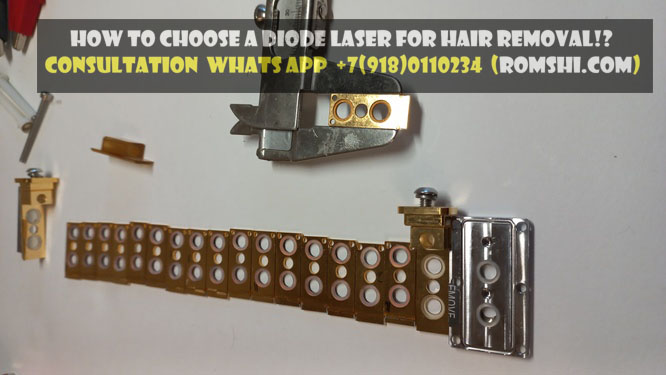

Examples of photos of diode laser handle device of different manufacturers. The diode laser repair technician can use these photos to evaluate the construction of different handle models.
Standard structure of the handle (manipulator) of the diode laser for hair removal.
- the plastic body of the handle;
- the diode stack (laser emitter). The article shows various design variants.
- button;
- Peletier elements;
- tip temperature sensor in some models;
- tubes for water circulation;
- information display in some models;
- prism and outer protective glass.
I will first give examples of photos of disassembled pens. Later in the article you will be able to understand the power of the handle from the photo.
One of the standard diode laser handle options. Inside there is a macro channel diode array with a power of 1000 watts (how to understand the power is further in the article).
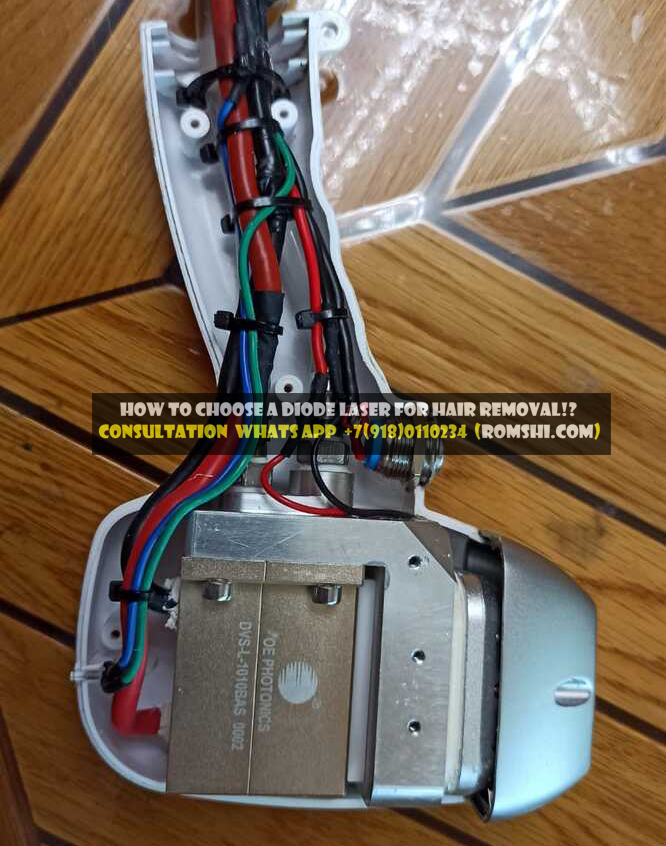
The photo shows the handle of the HONKON diode laser disassembled. I would like to point out that Honkon lasers have macro and micro channel stacks depending on the model. In this case, the micro channel stack is 300 watts.
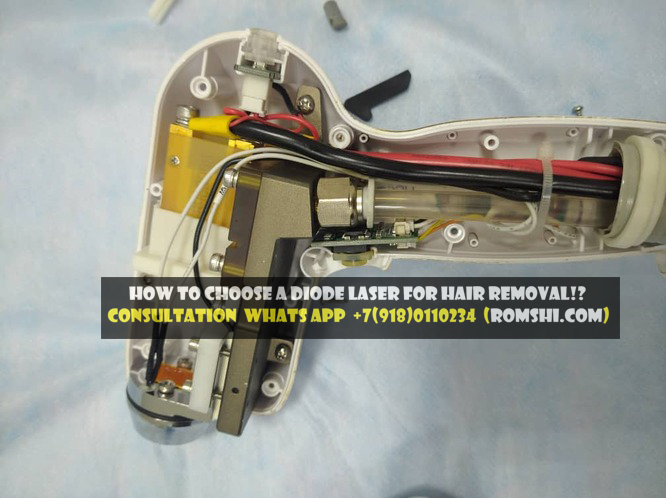
The photo shows the handle of the OZERO KHANKA diode laser disassembled. OZERO KHANKA has an information board. There are very thin wires inside, which often leads to malfunctions and broken wires. This causes the flash counter to stop working adequately. The Peltier elements for cooling the handle are also not conveniently located, making it difficult to replace them. Frost on the handle of the diode laser for hair removal is the result of the Peltier elements.
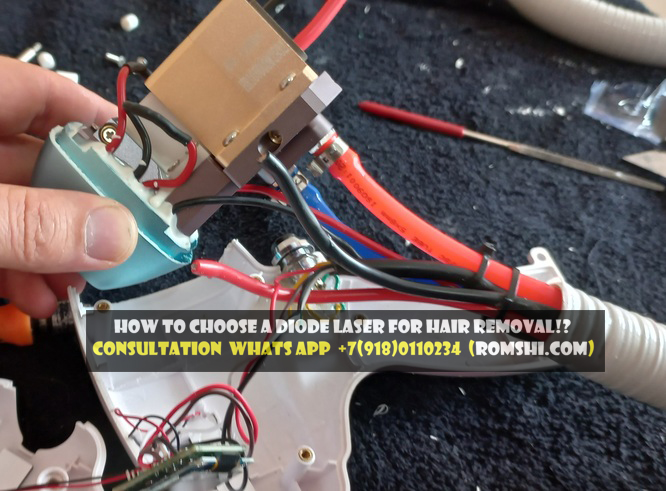
The photo shows the handle of the ADSS FG2000B diode laser disassembled. The older model adss laser handle often had problems with the outer plastic. The handles have 500 and 600 watts as standard.
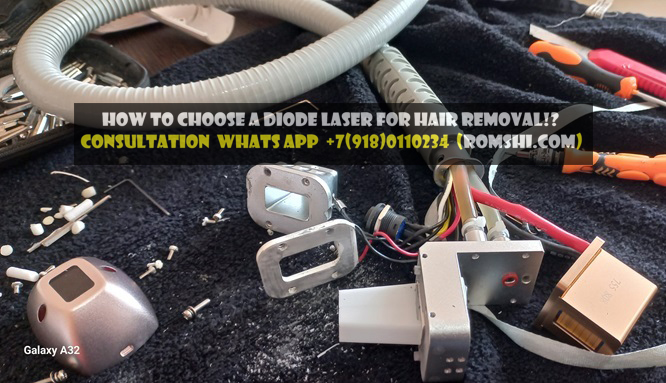
The photo shows the handle of the ADSS FG2000B diode laser disassembled. The older model adss laser handle often had problems with the outer plastic. The handles have 500 and 600 watts as standard.
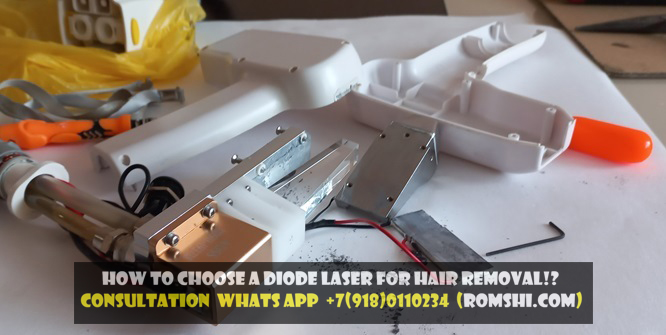
The photo shows the disassembled handle of the diode laser for hair removal.
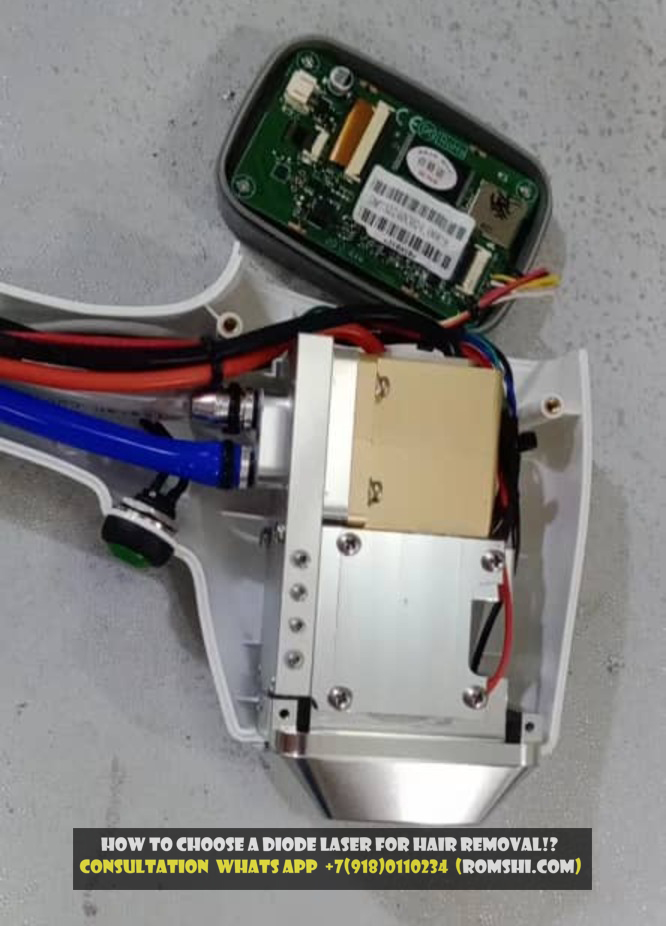
The photo shows the disassembled handle of the diode laser for hair removal.

The photo shows the disassembled handle of the diode laser for hair removal.
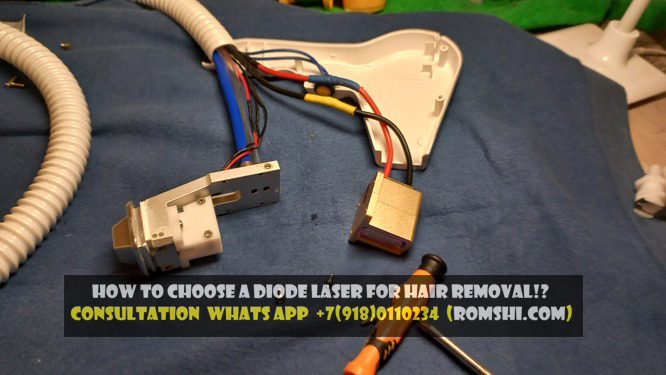
The photo shows the disassembled handle of the diode laser for hair removal.
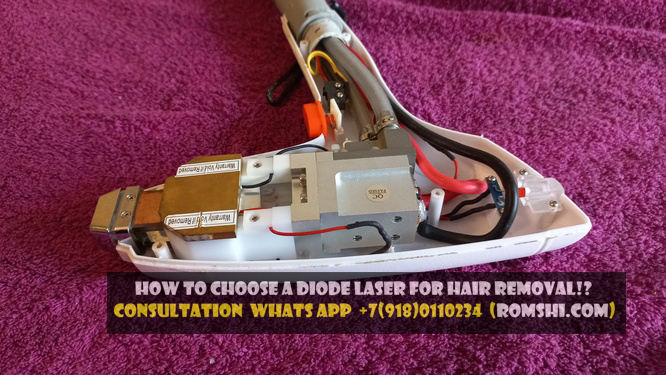
The photo shows the disassembled handle of the diode laser for hair removal.
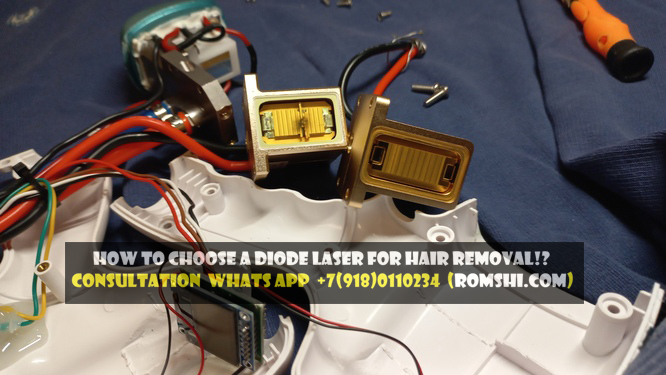
The photo shows the STELLE LASER diode laser handle for hair removal disassembled.
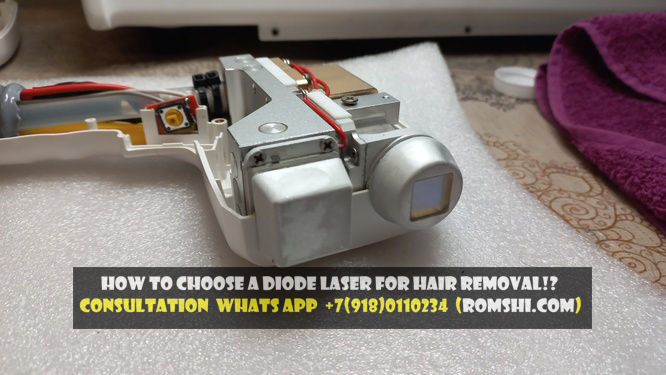
The photo shows the STELLE LASER diode laser handle for hair removal disassembled.
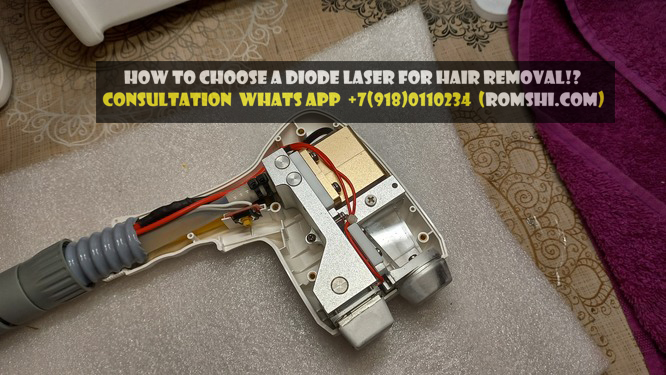
The photo shows the MBT diode laser handle for hair removal disassembled.
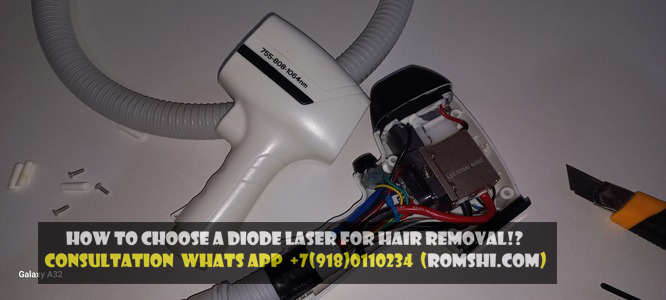
The photo shows the HONKON diode laser handle for hair removal disassembled.

The photo shows the KIERS144 diode laser handle for hair removal disassembled.
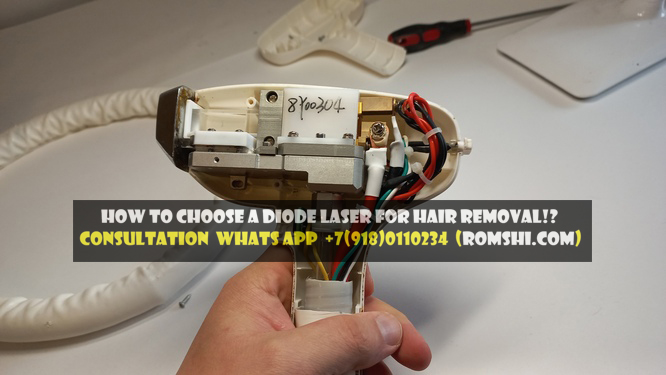
The photo shows the disassembled handle of the diode laser for hair removal.

The photo shows the handle of a diode laser for hair removal with a macro channel diode array. In this case, the handle has an information screen that duplicates the operating parameters from the main screen.
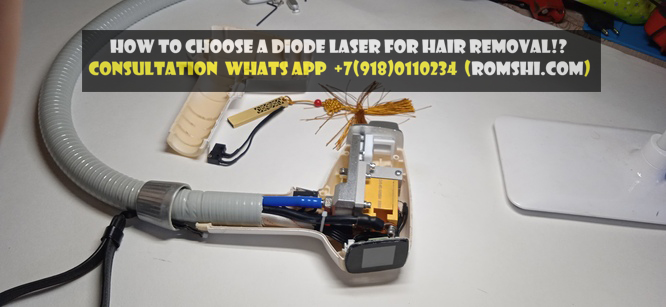
The photo shows the STELLE LASER diode laser hair removal handle disassembled.
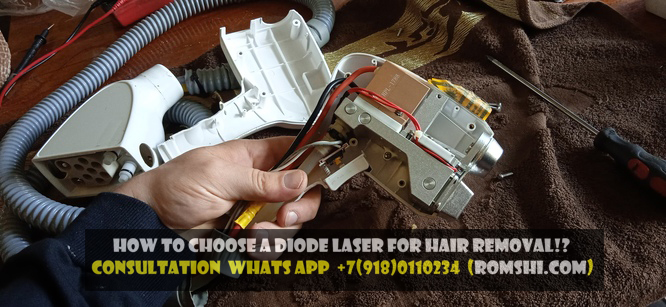
The photo shows the handle of a diode laser for hair removal with a macro channel diode array. This is one of the simplest cosmetic laser handle designs.
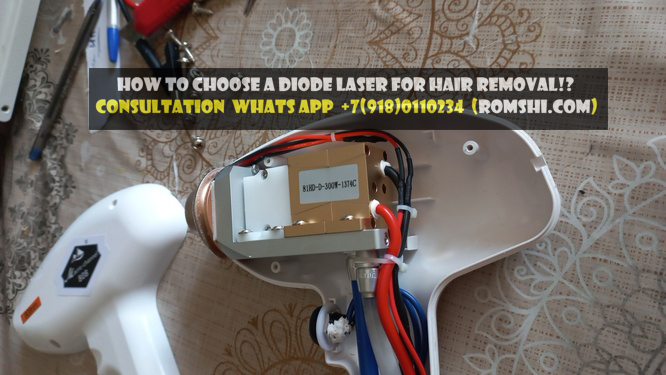
The photo shows the handle of a diode laser for hair removal with a macro channel diode array. In this case, the handle has an information screen that duplicates the operating parameters from the main screen.
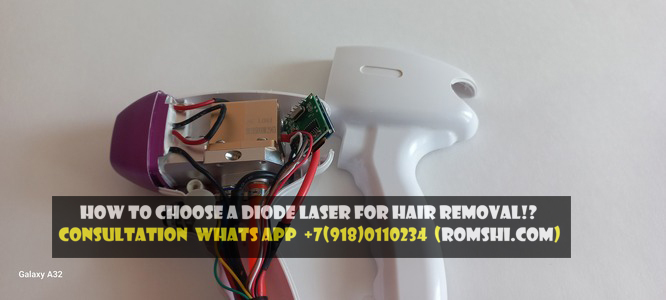
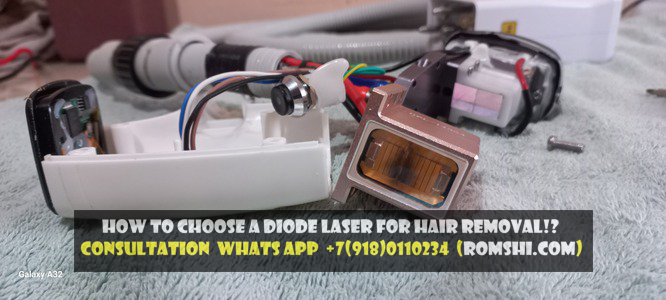
The photo shows the handle of a diode laser for hair removal with a macro channel diode array. This is one of the simplest cosmetic laser handle designs.
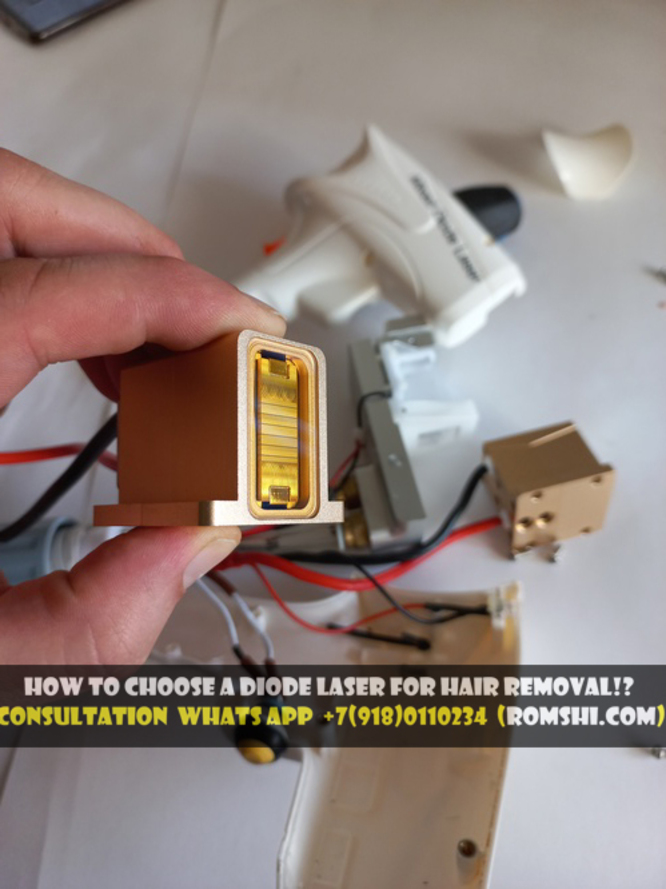
The photo shows the handle of the diode laser ozero khanka. In this case in the handle there is a macro channel diode stack 300 watt 6 bar 808nm. The inscription 3 waves marketing.
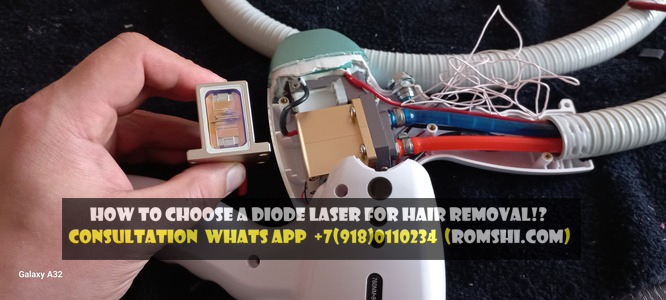

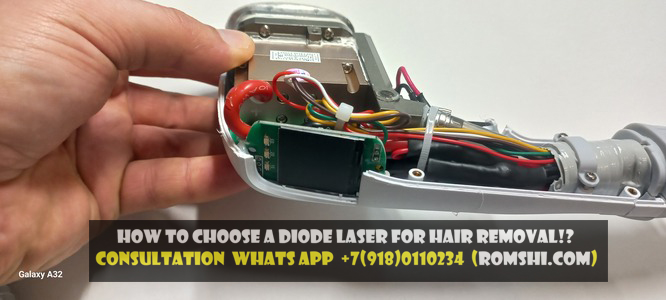
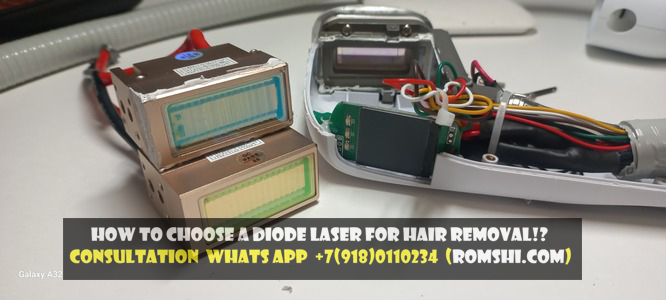
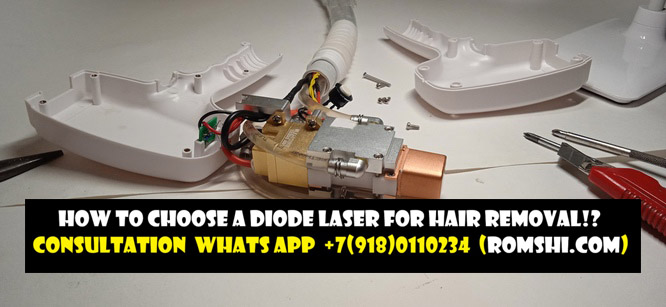
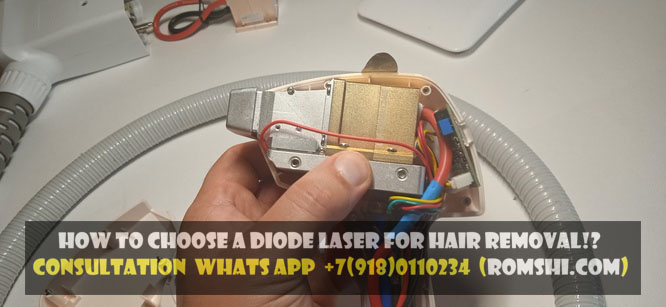
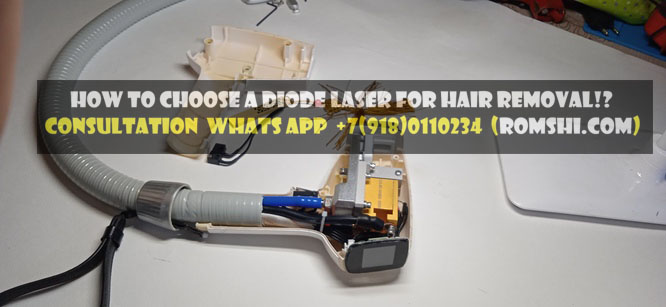



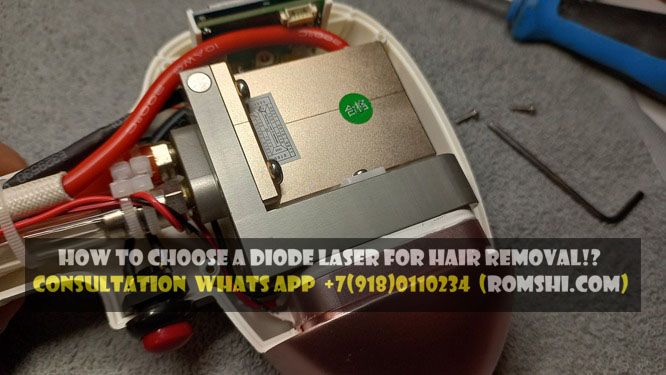
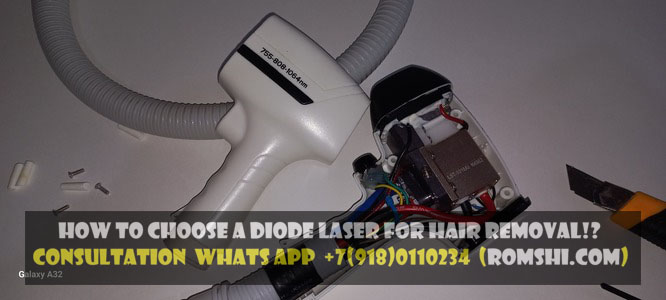
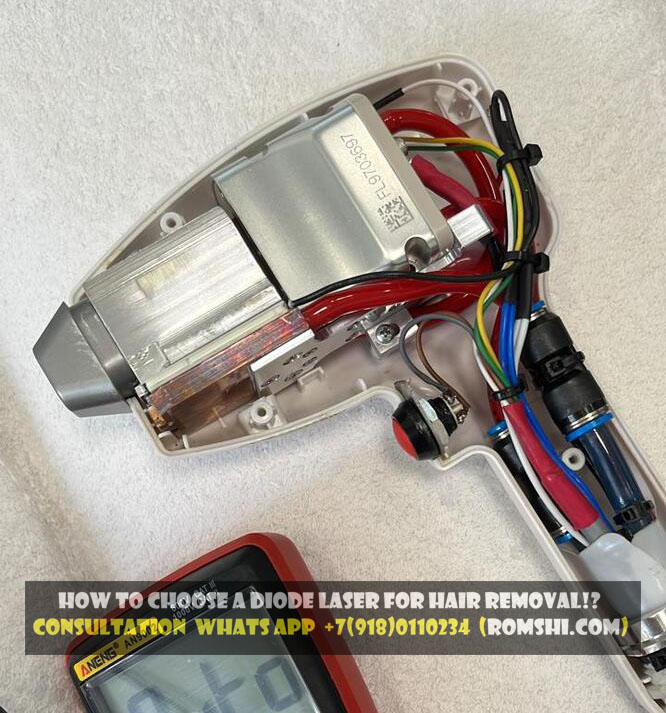
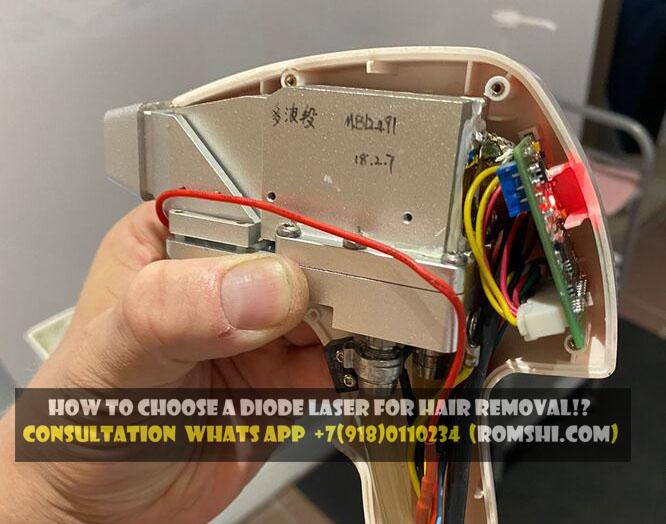
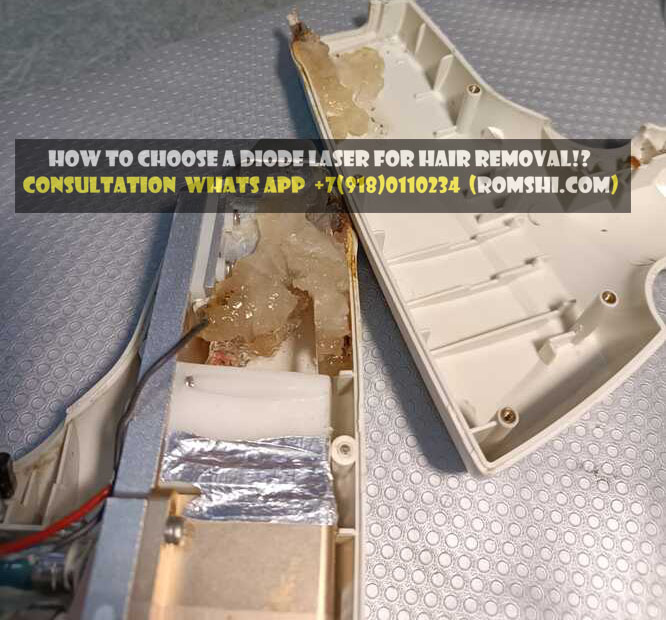
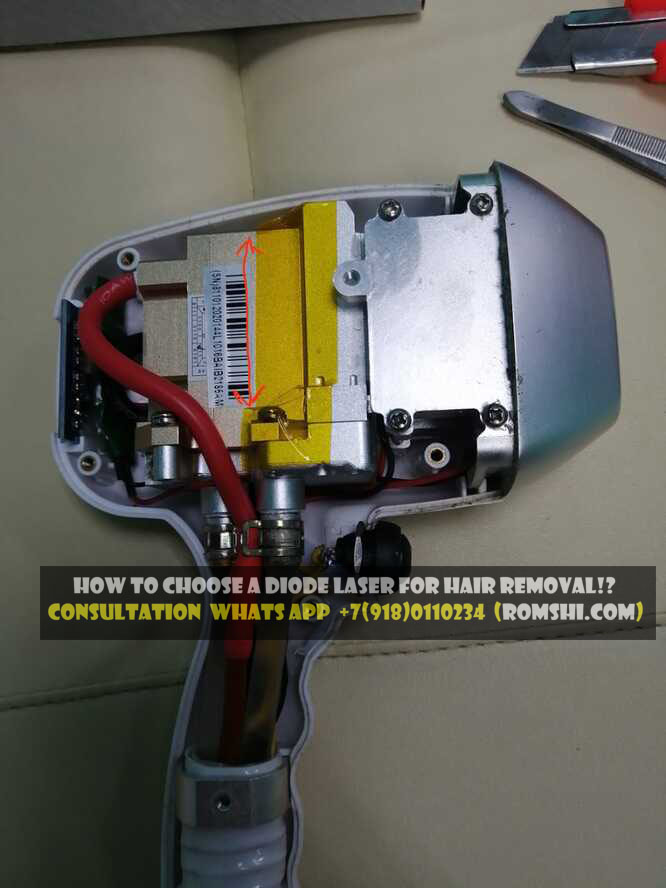
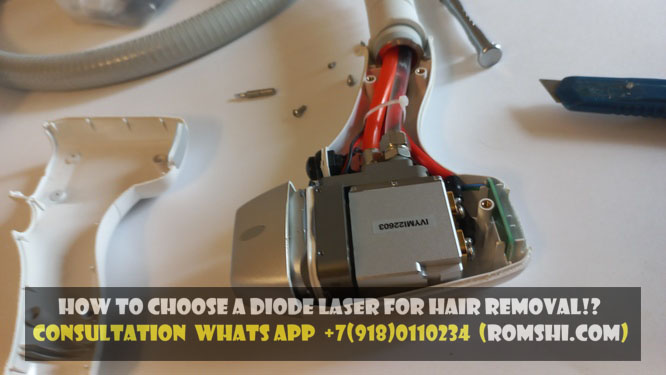

The photo shows the handle of a zollaser diode laser. It has a 600 watt 6 bar 808nm macro channel diode stack
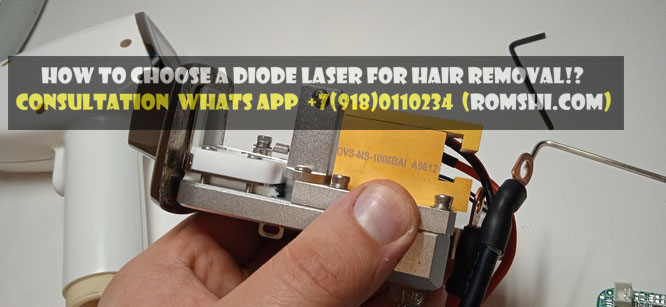
The photo shows the ADSS diode laser hair removal handle disassembled.
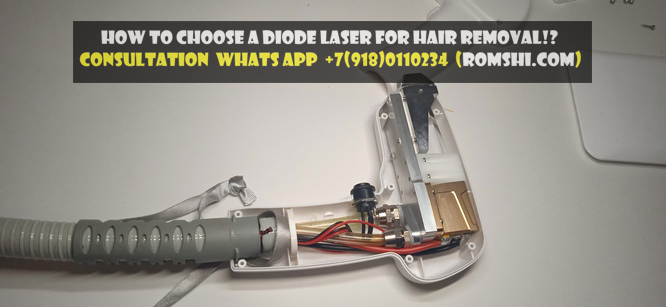
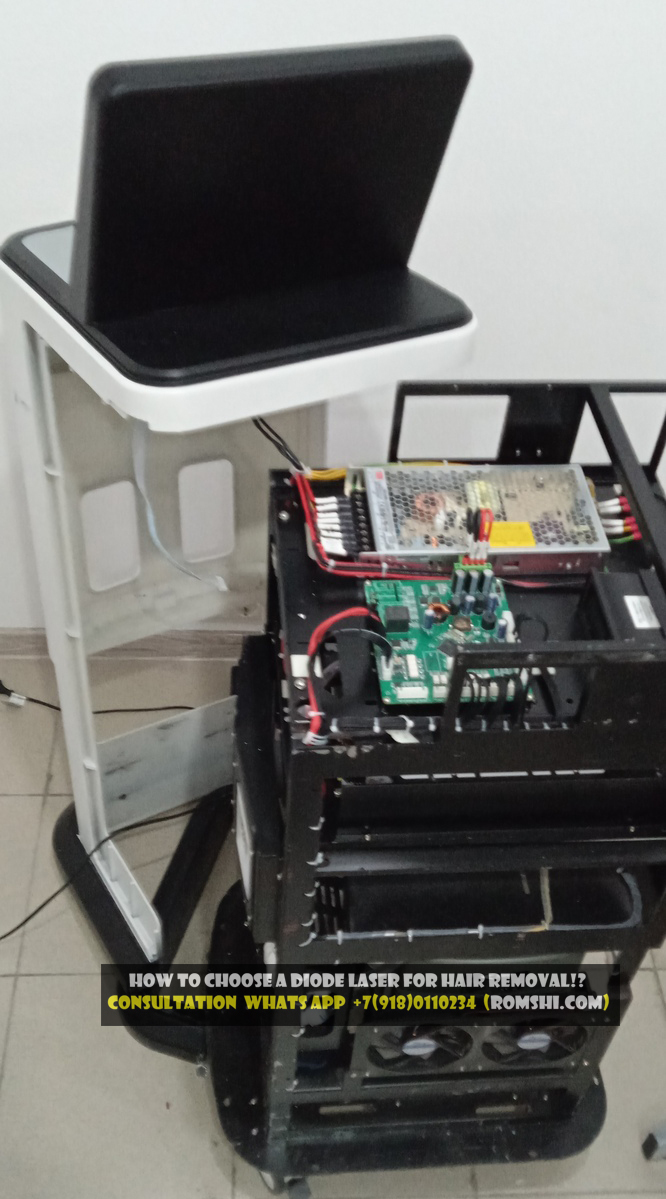
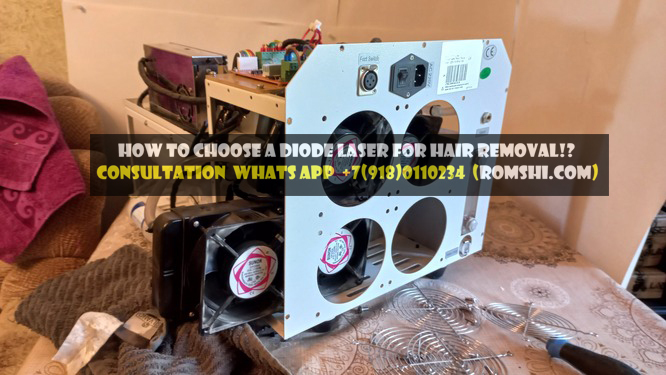
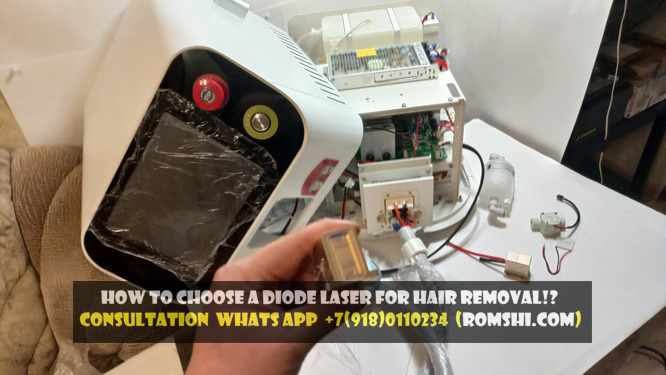

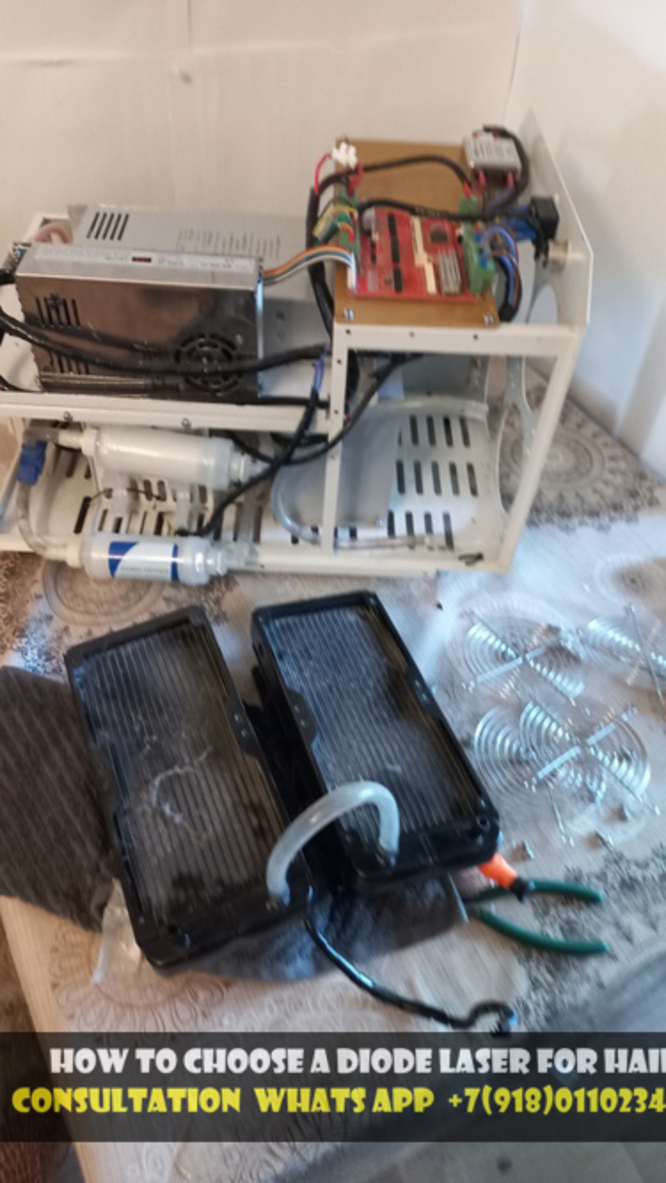
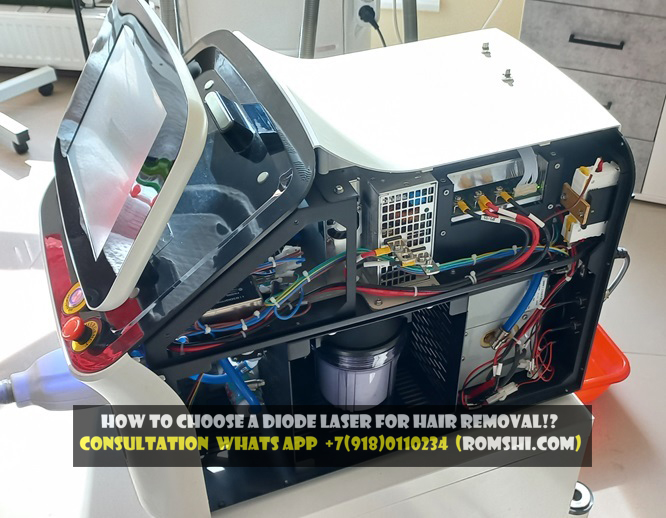
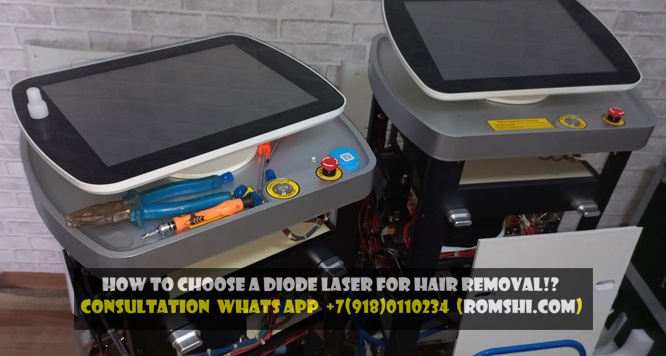
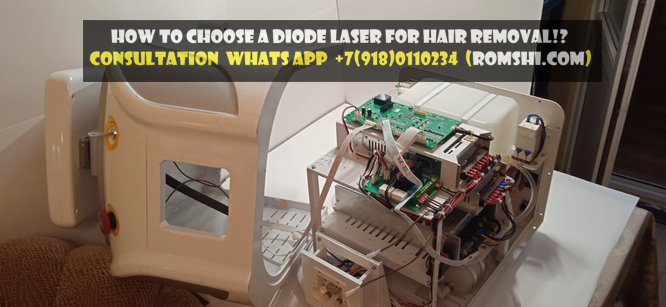

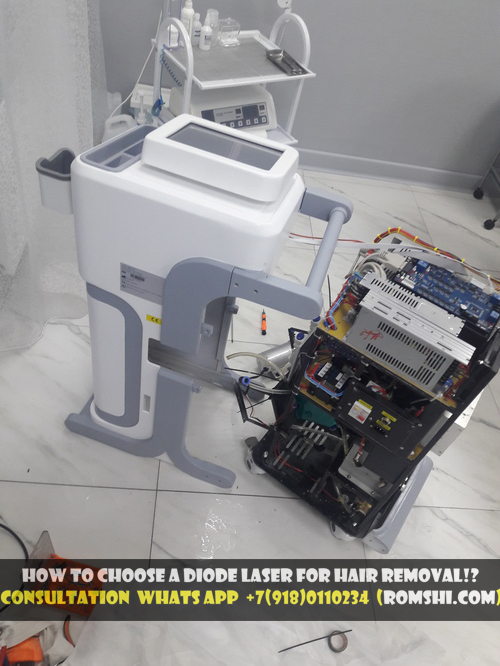
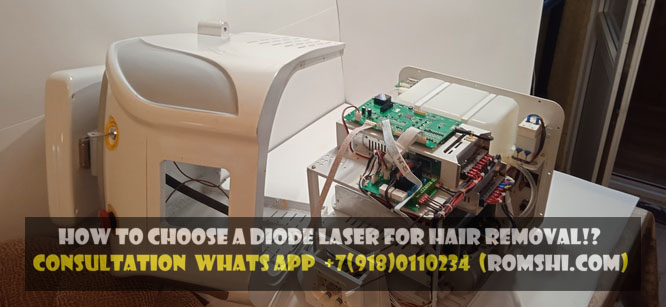
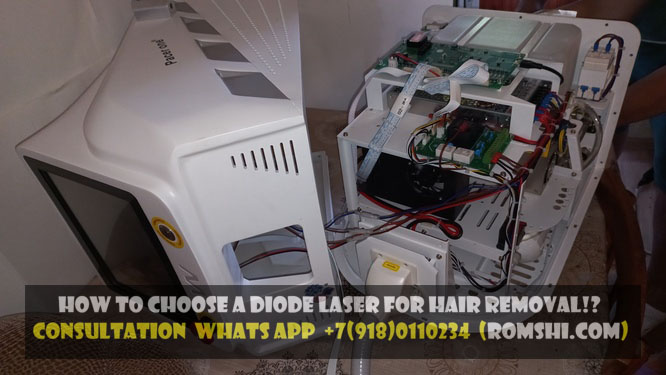
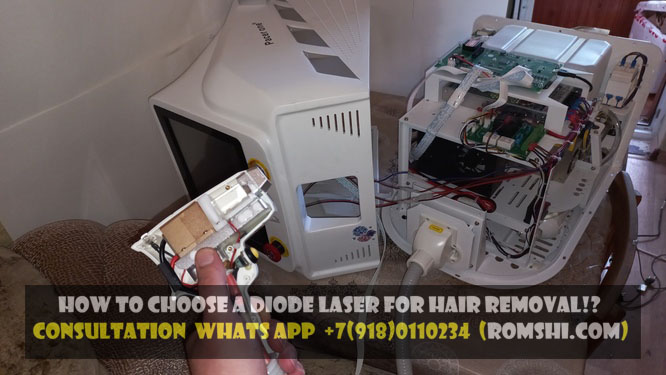
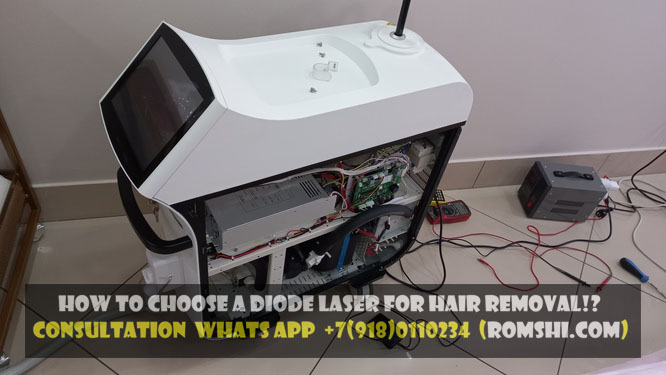
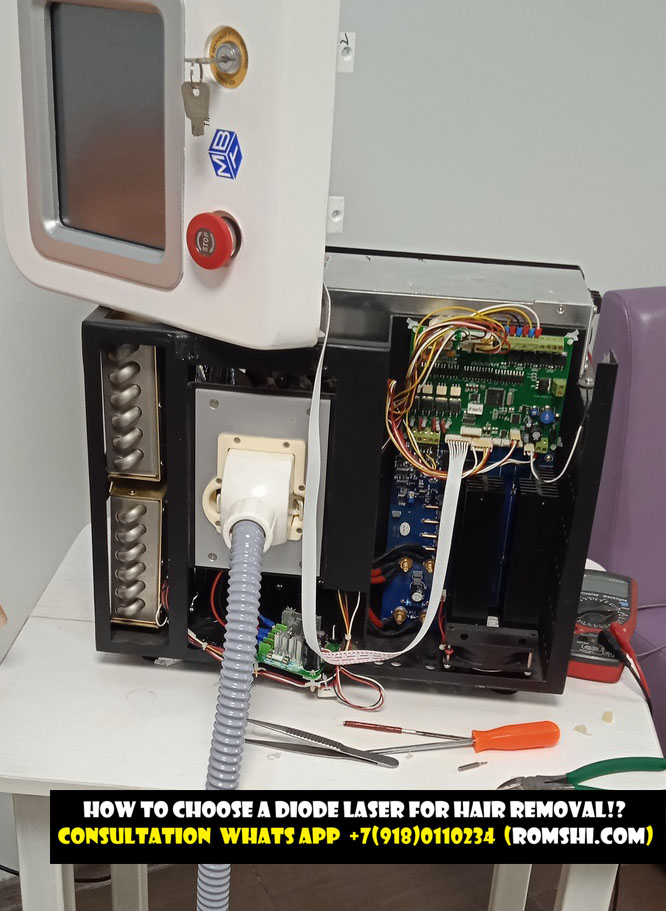
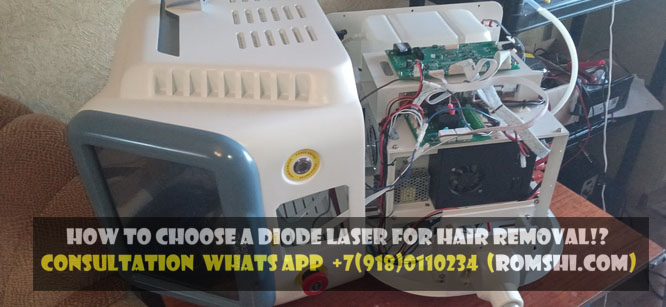
If you want to get quick advice on Whats App messenger devices, you can click on the link to go to Whatsapp dialogue.
EXTENDED DESCRIPTION OF DIODE STACK BY MARKING.
dvs-1004ai, dvs-1005ai, dvs-1006ai, dvs-1007ai, dvs-1008ai, GTHM-300, GTHM-500, GTHM-600, DVS-1010AI, , , HPL, 500w, HD-8280-D16, HD-K280-D16, COE-VA01-A12C-500W, HD, HD-8A48-D08B, 808-HD-500W, (DVS-500AI), DVS-MS-1003BAI, DVS-1010HAI, DVS-MS-1005BAI, DVS-ML-1012BAI, DVS-ML-1008BAI, 500 Вт, 10 бар, DVS-1012AI, 600 Вт, 12 бар, 808 нм, GTHM-800, 300 Вт, 500 Вт, 600 Вт, 800 Вт, 1000 Вт, dvs-1010ai, dvs-1012ai, dvs-1016ai, HPL500, LT-0016, HR10500, DVS-1010AI,, LST-1010AI, LSR-1010AI, LSR-3334AS, LSR-3255AS, LSR-3444AS, COE-21V, HR10200, 200 Вт, 4*50 Вт, HR10300, 250 Вт, 5*50 Вт, LST-L-1010AI, LST-L-1016AI, LST-L-1016BAI, MLJK, L-3334BAS, L-3444ASMLKJ, LST-L-1012BAI, LST-L-1012AI, LST-L-1010BAI, LST-L-3334BAS, LST-L-3255AS, LAS-1005AI, LAS-1008AI, LAS-1010AI, LAS-L-1010AI, DVS-L-3466BARS, DVS-L-3655BAS, DVS-L-1016BAI, DVS-L-1016BAI, DVS-L-3345BAS, DVS-L-1006BAI, LT-13CH001200N, COE-22V, DVS-L-2408BAS LST-3255AS, HR10300, 300 Вт, 6*50 Вт, HR10400, HD-8AA6-1600 Вт, DVS-3888BAS, 7*50 Вт, HR10500, 500 Вт, 10*50 Вт, HR10600, 600 Вт, 12*50 Вт, HR10800, 800 Вт, 16*50 Вт, HR10600, 600 Вт, 6*100 Вт, HR10800, 800 Вт, 8*100 Вт, COE-VA01-A12C-0600QCW, DVS-ML-1008BAI, COE-VA01-A12C-600QCW, COE-VA01-A12C-500W, COE-VA01-B12E-0600QCW, COE-VA01-B36E-0600QCW, COE-VA01-A12C-0600QC,DG-HL20-2000-808-WGDVS-1010AI, DVS-1007AI,
DVS-1010AI - 500 watt 10 bar diode stack with 808nm wavelength.
DVS-L-1008BAI - 800 watt 8 bar diode stack with 808nm wavelength.
DVS-L-1012BAI - 1200 watt 12 bar diode stack with 808nm wavelength.
HT10500 - 500 watt 10 bar diode stack with 808nm wavelength.
LST-1006AI - 600 watt 6 bar diode stack with 808nm wavelength.
LST-1005AI - 250 watt 5 bar diode stack with 808nm wavelength.
LST-1010AI - 500 watt 10 bar diode stack with 808nm wavelength.
LST-1012AI - 600 watt 12 bar diode stack with 808nm wavelength.
LST-1006BAI - 600 watt 6 иbar diode stack with 808nm wavelength.
LST-1016AI - 800 watt 16 bar diode stack with 808nm wavelength.
DVS-1012AI - 600 watt 12 bar diode stack with 808nm wavelength.
DVS-1010BAI - 1000 watt 10 bar diode stack with 808nm wavelength.
LAS-1004AI - 200 watt 4 bar diode stack with 808nm wavelength.
LAS-1006AI - 300 watt 6 bar diode stack with 808nm wavelength.
LAS-1008AI - 400 watt 8 bar diode stack with 808nm wavelength.
LST-3222BAS, LST-3123AS, LST-3123AS, DVS-1003BAI, DVS-1007A, DG-HH12-1200-808, dg-hh12-1200-808, DG-HL10-500-808, dg-hl10-500-808, DG-HL12-1200-808, dg-hl12-1200-808, DG-HL12-1200-808-S,dg-hl12-1200-808-s, DG-HL15-1500-808, dg-hl15-1500-808, HR11000, 1000 Вт, 10*100 Вт, HR11200, 1200 Вт, 12*100 Вт, HR11600, 1600 Вт, 16*100 Вт, dg-hl10-500-808-wg, DG-HL12-1200-808-WG, dg-hl12-1200-808-wg, DG-HL15-1500-808-WG, dg-hl15-1500-808-wg, dg-hl20-1000-808, DG-HL06-600-808-WG, DG-HL10-500-808-WG, LAS-L-1016AI. DVS-L-1012BAI, DVS-L-1016AI, DVS-MS-1006BAI, DVS-MS-1003BAI, DVS-MS-1005BAI, DVS-ML-1012BAI, DVS-ML-1008BAI, LST-MS-1003BAI, LST-MS-1005BAI, LST-MS-1006BAI, LST-ML-1012BAI, LST-ML-1008BA dg-hh03-300-808, DG-HH05-500-808, dg-hh05-500-808, DG-HH06-600-808, dg-hh06-600-808, DG-HH08-800-808,dg-hh08-800-808,DG-HH10-1000-808, dg-hh10-1000-808.
